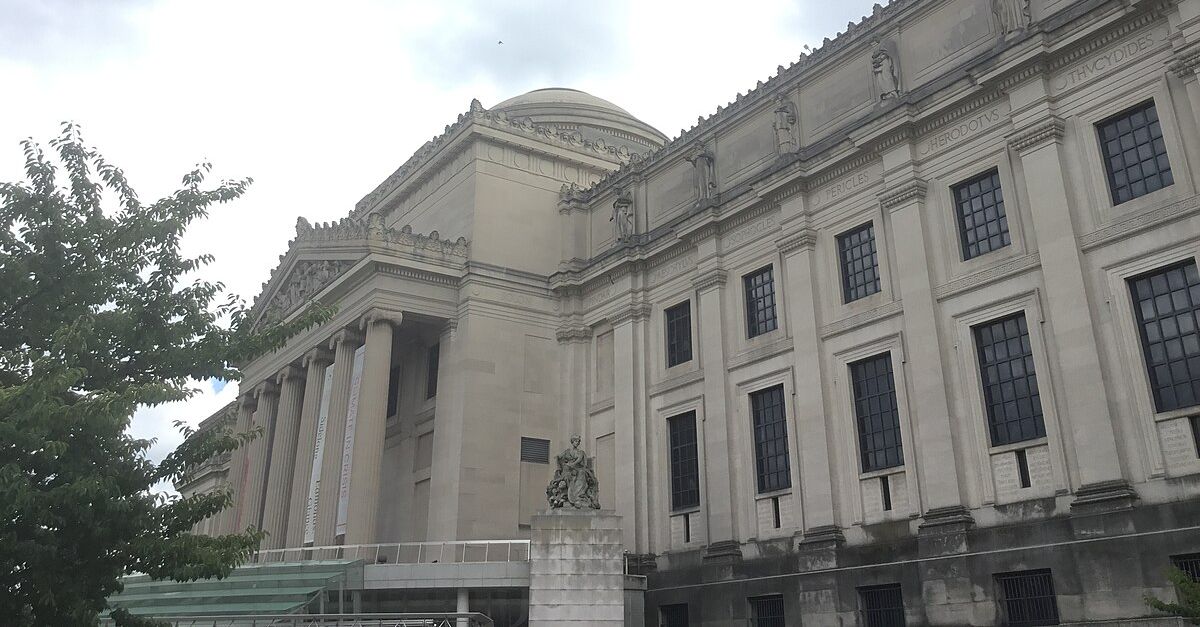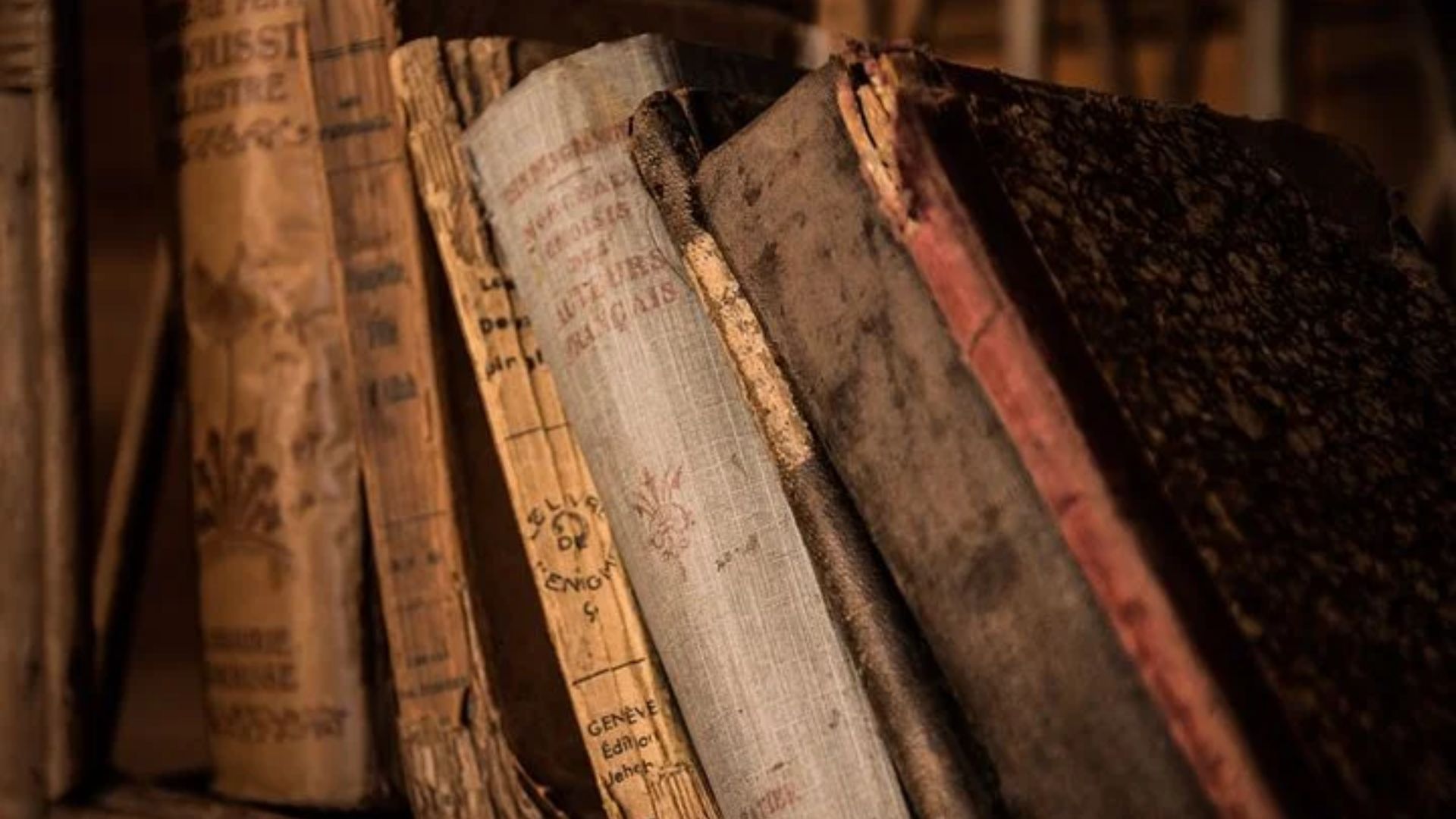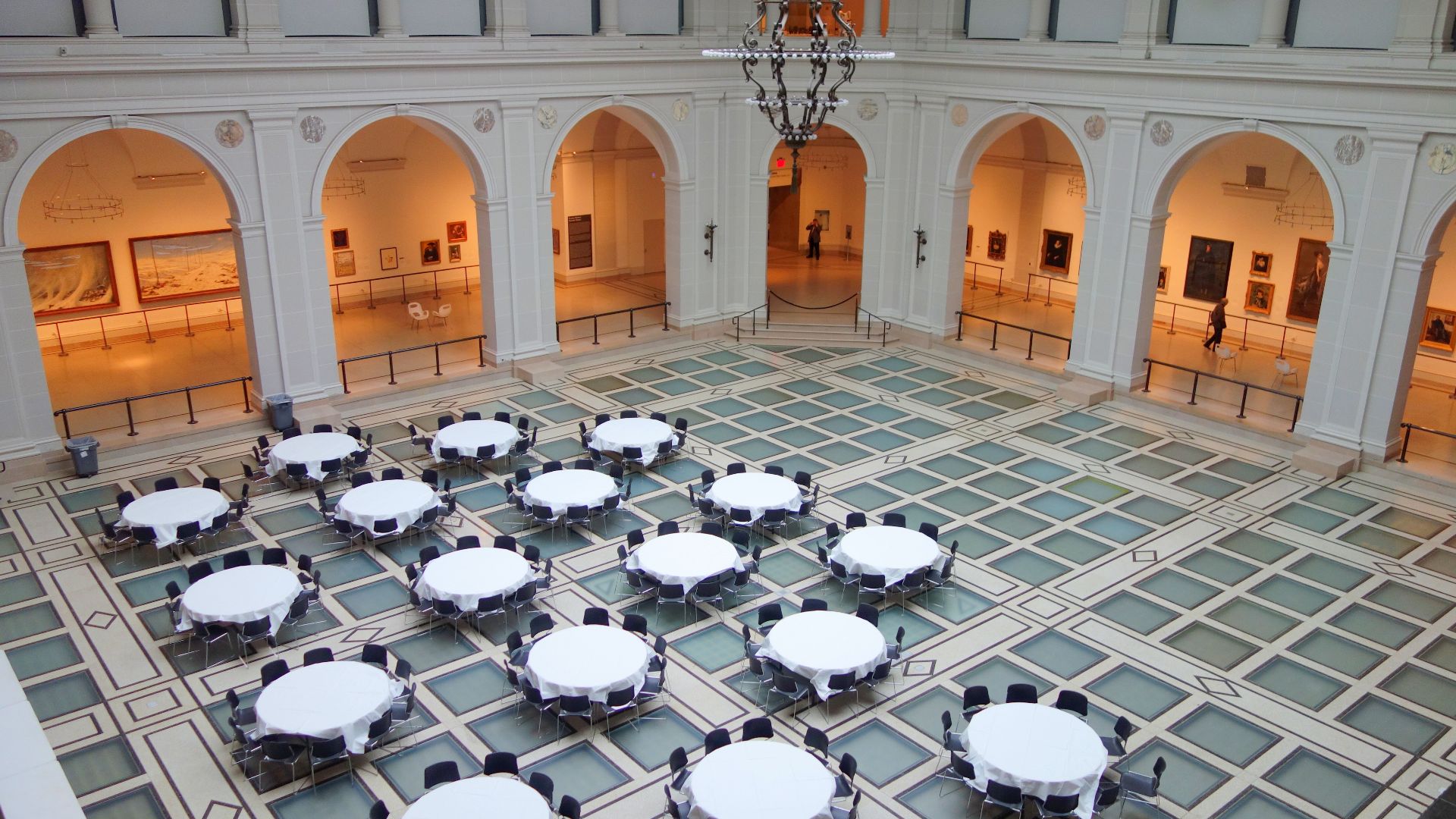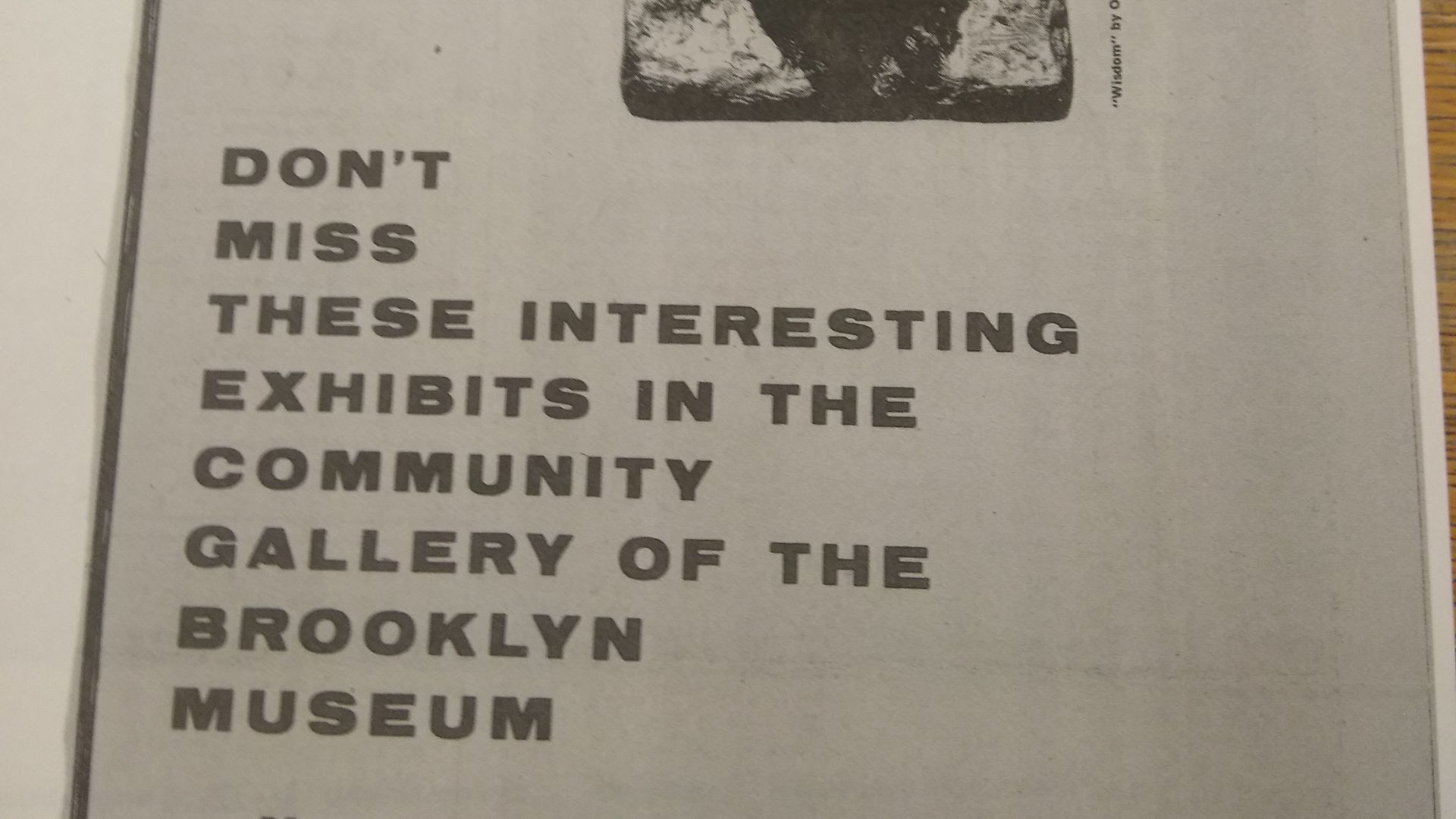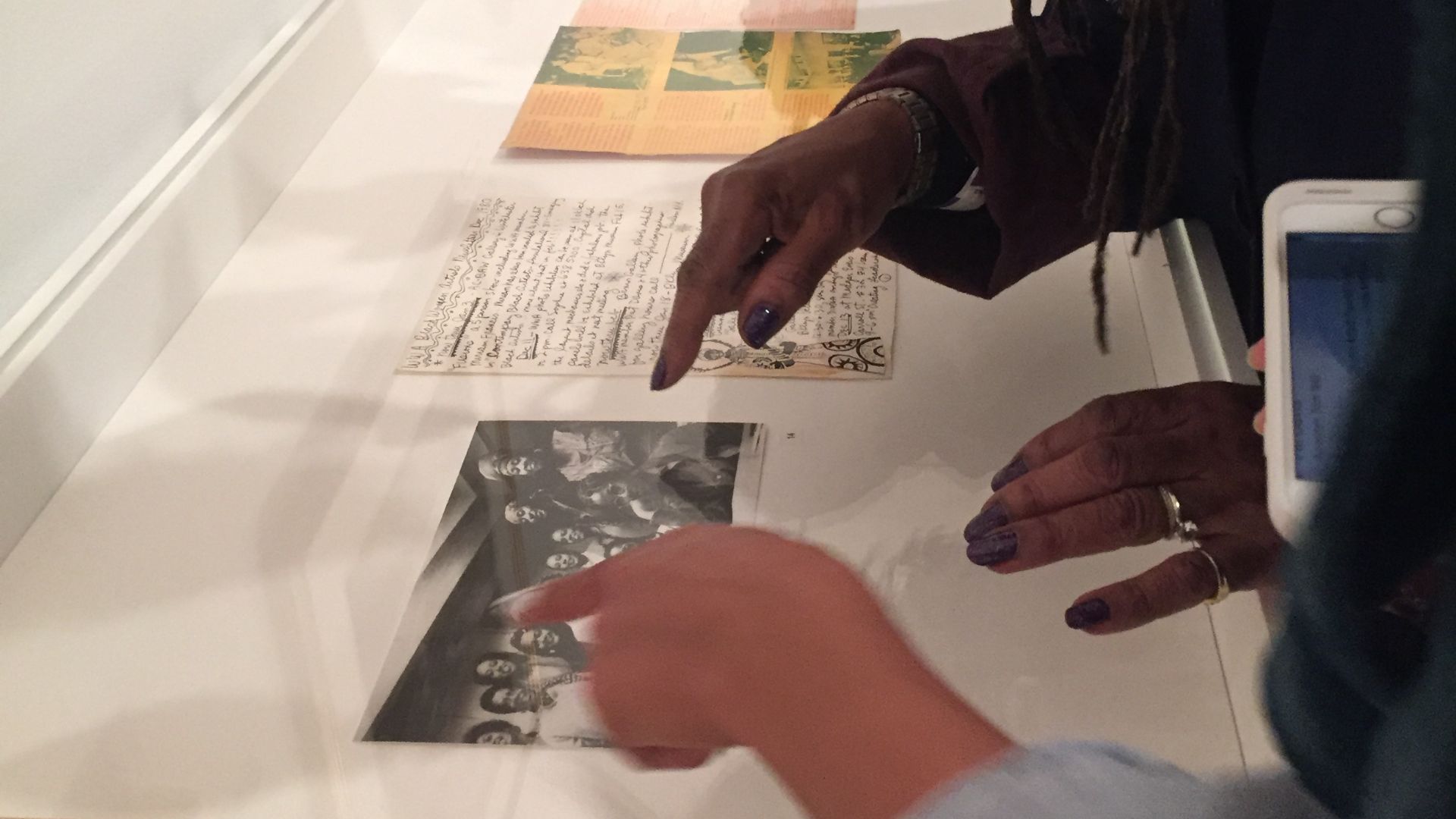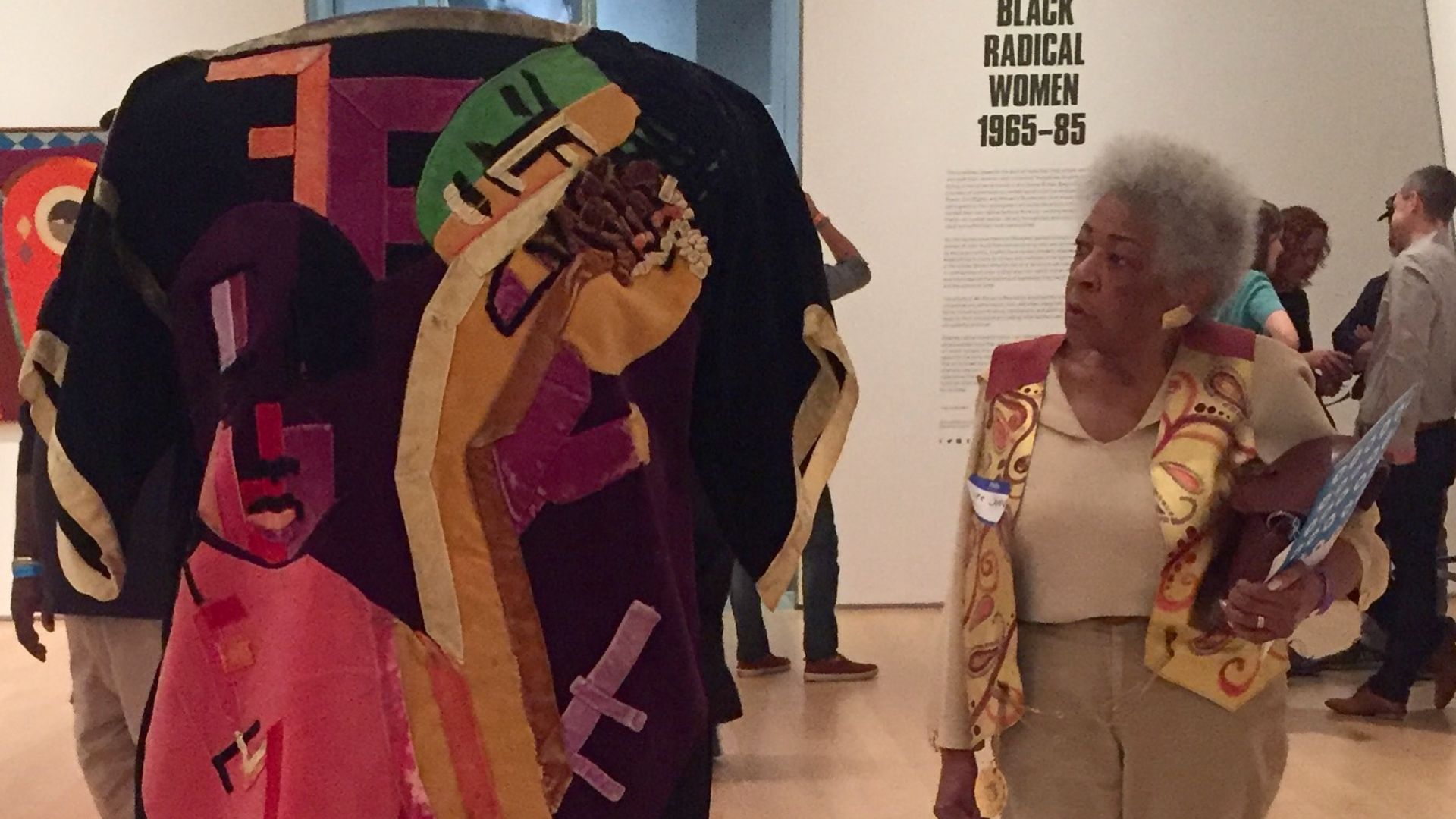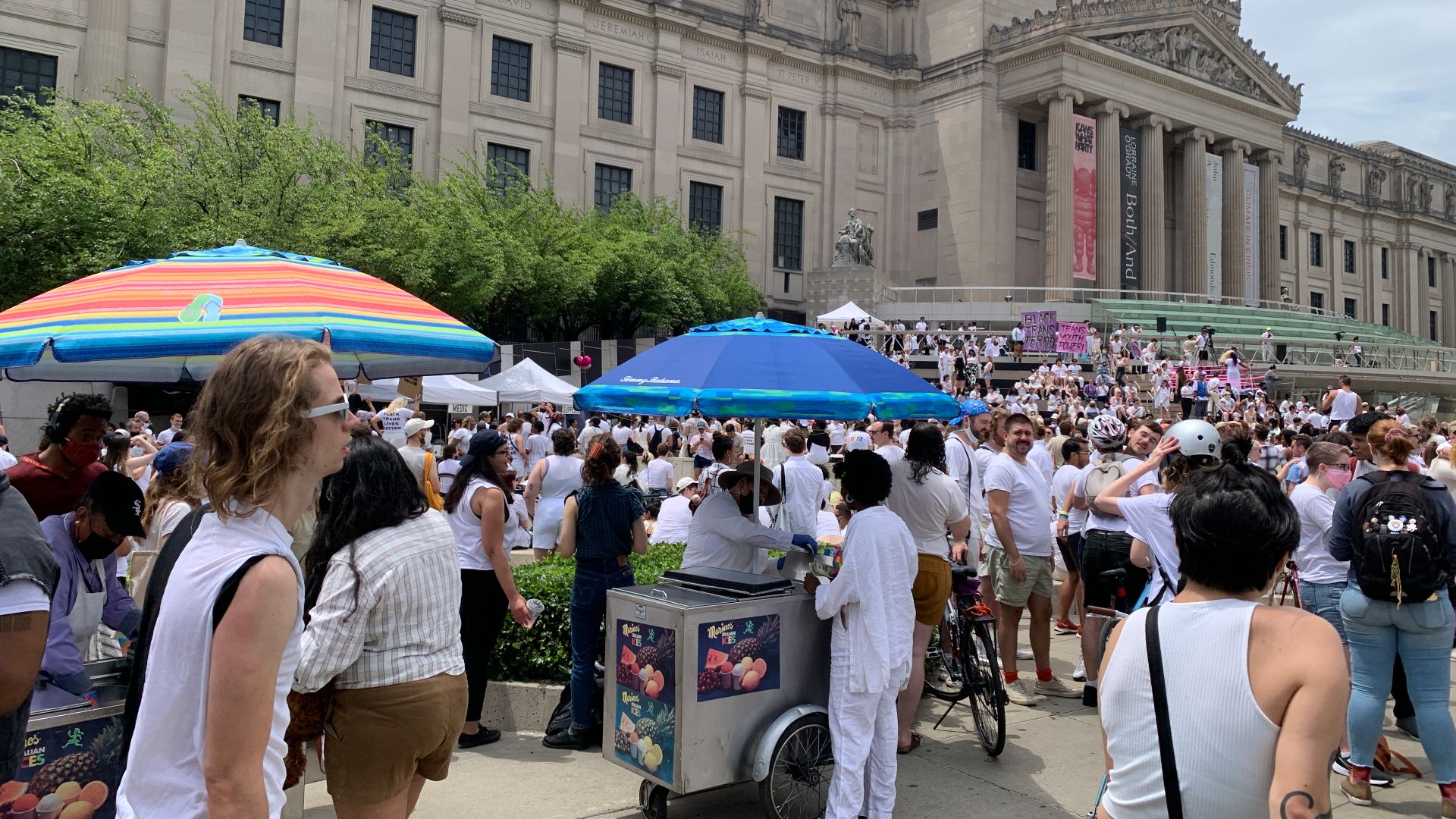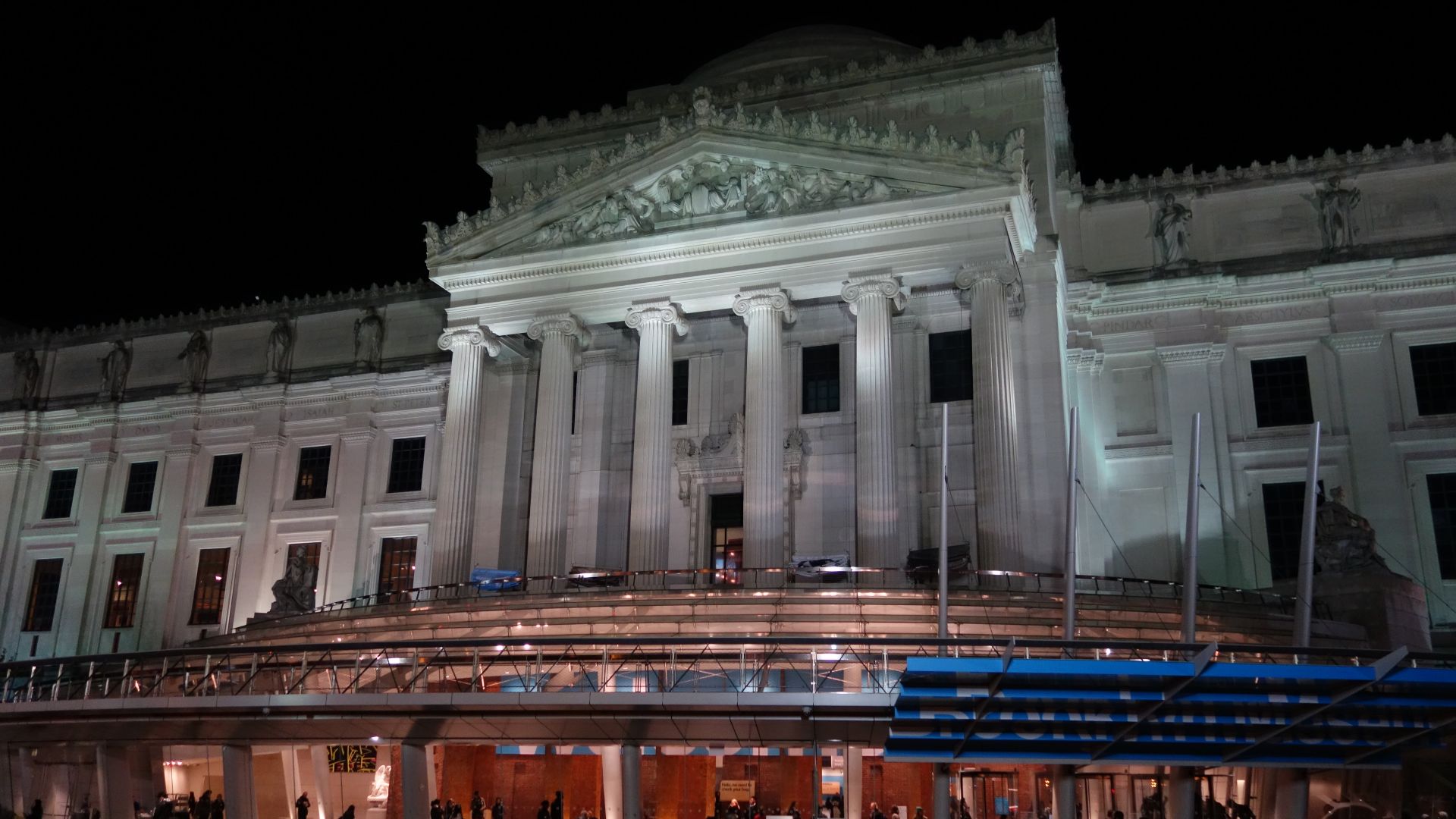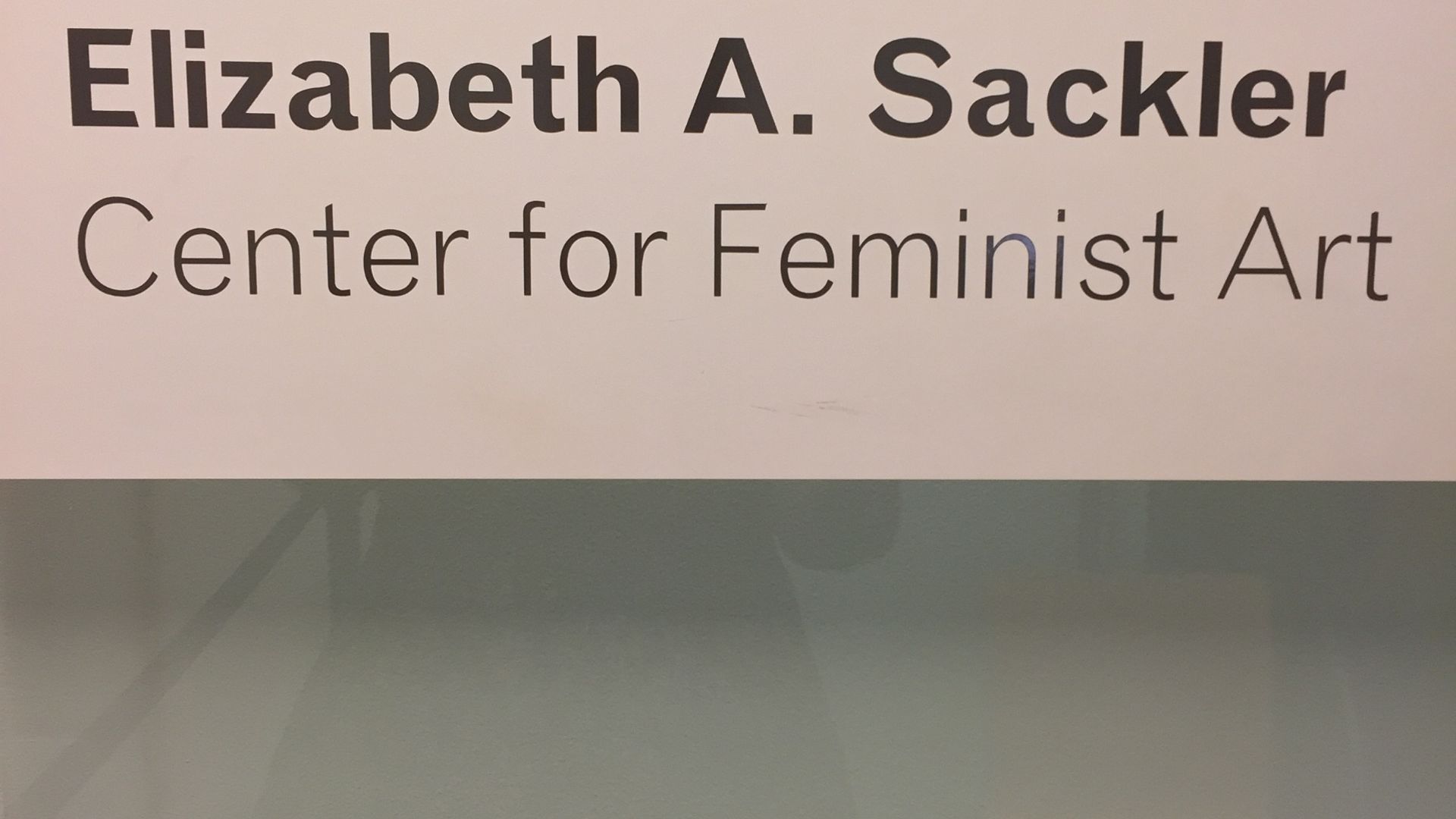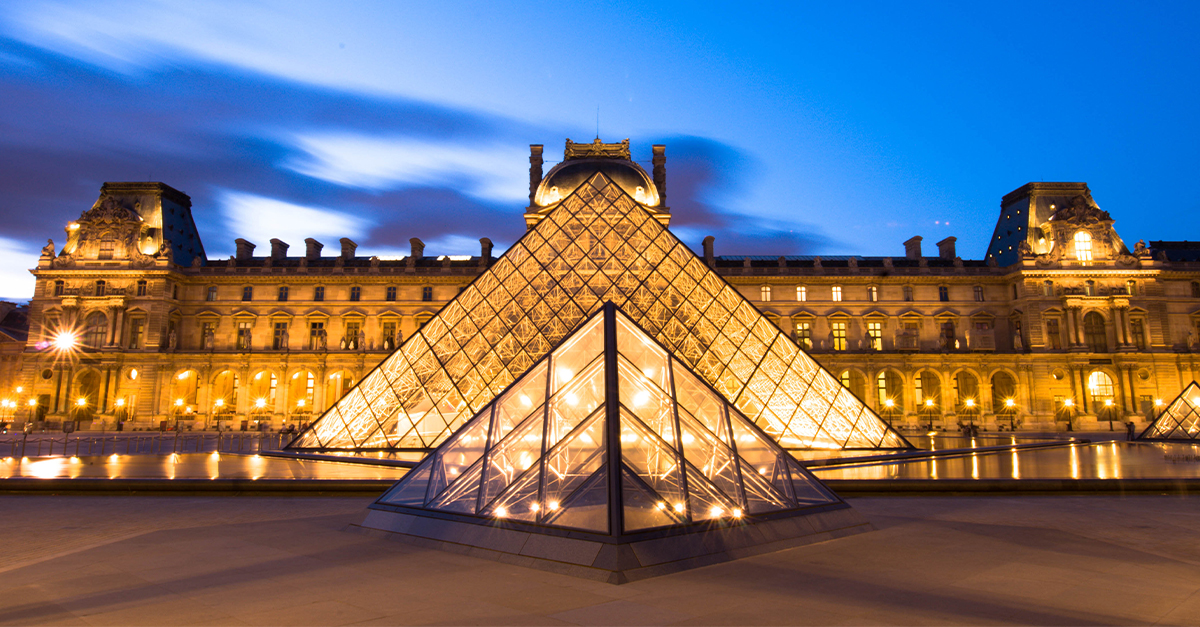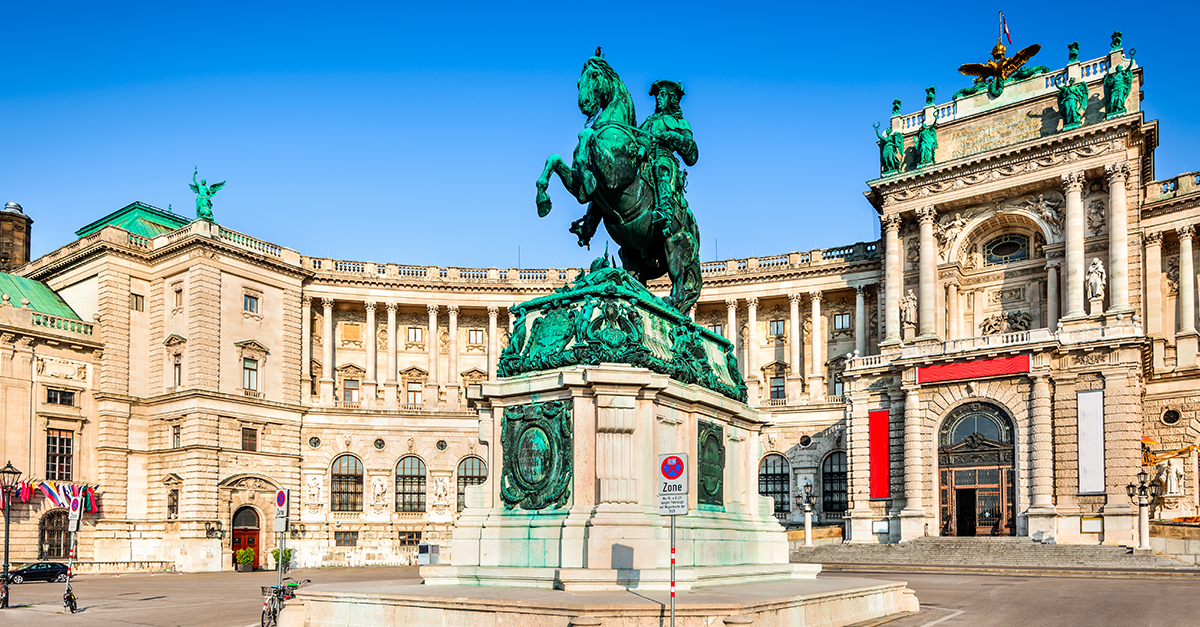A Cultural Legacy
More than two hundred years ago, a modest library opened its doors to Brooklyn's apprentices to offer little more than books and hope. Today, that same spirit fuels one of America's most vibrant museums.
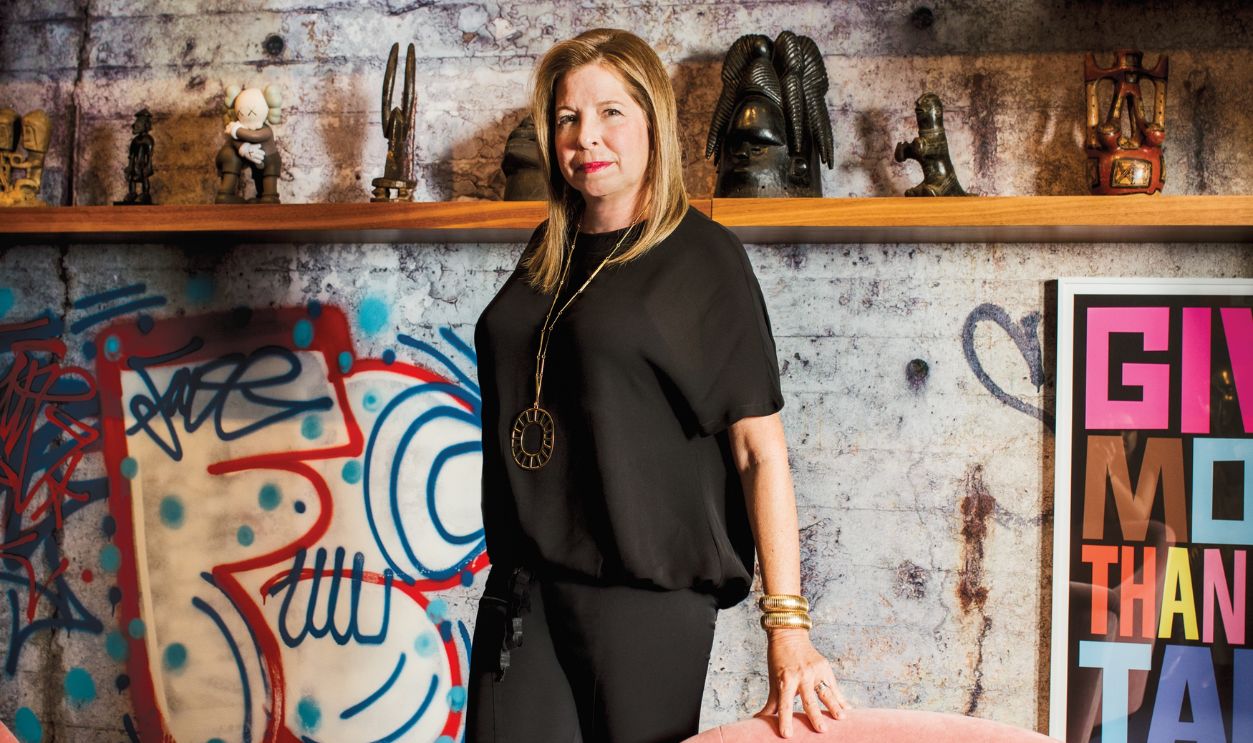
A Story With A Modest Beginning
In 1823, concerned citizens founded the Brooklyn Apprentices' Library, determined to offer free educational resources to young tradesmen. It became Brooklyn's first public library, housed initially in a modest building near Cranberry Street. Their goal was to uplift the working youth through literacy and learning.
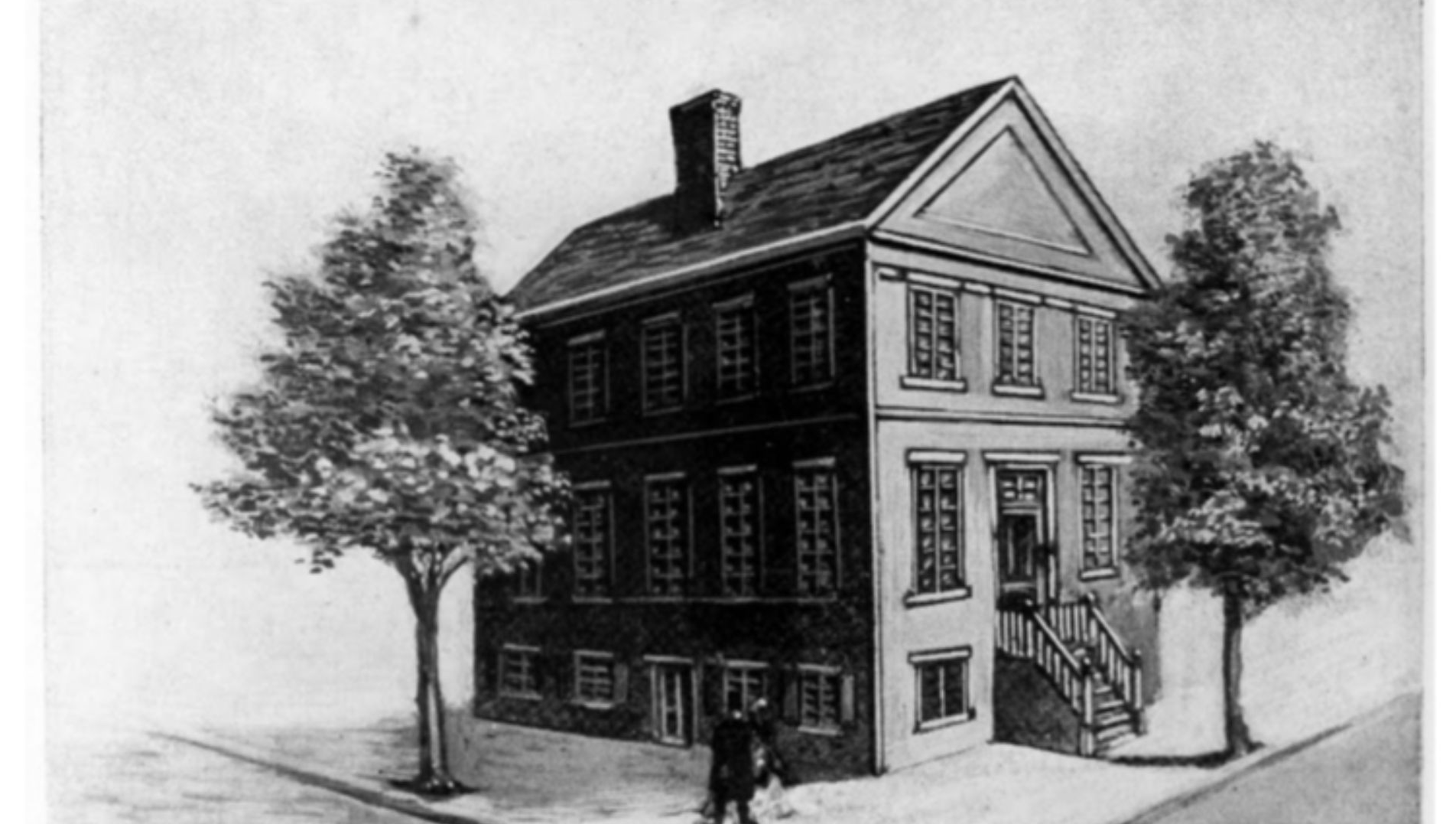 Unknown authorUnknown author, Wikimedia Commons
Unknown authorUnknown author, Wikimedia Commons
Augustus Graham's Vision For Accessible Education
Philanthropist Augustus Graham envisioned a community where education was not a privilege but a right. Inspired by Enlightenment ideals, he believed knowledge could uplift Brooklyn's working class. Graham's passion and financial support shaped the Apprentices' Library into an opportunity by welcoming young minds eager for self-improvement.
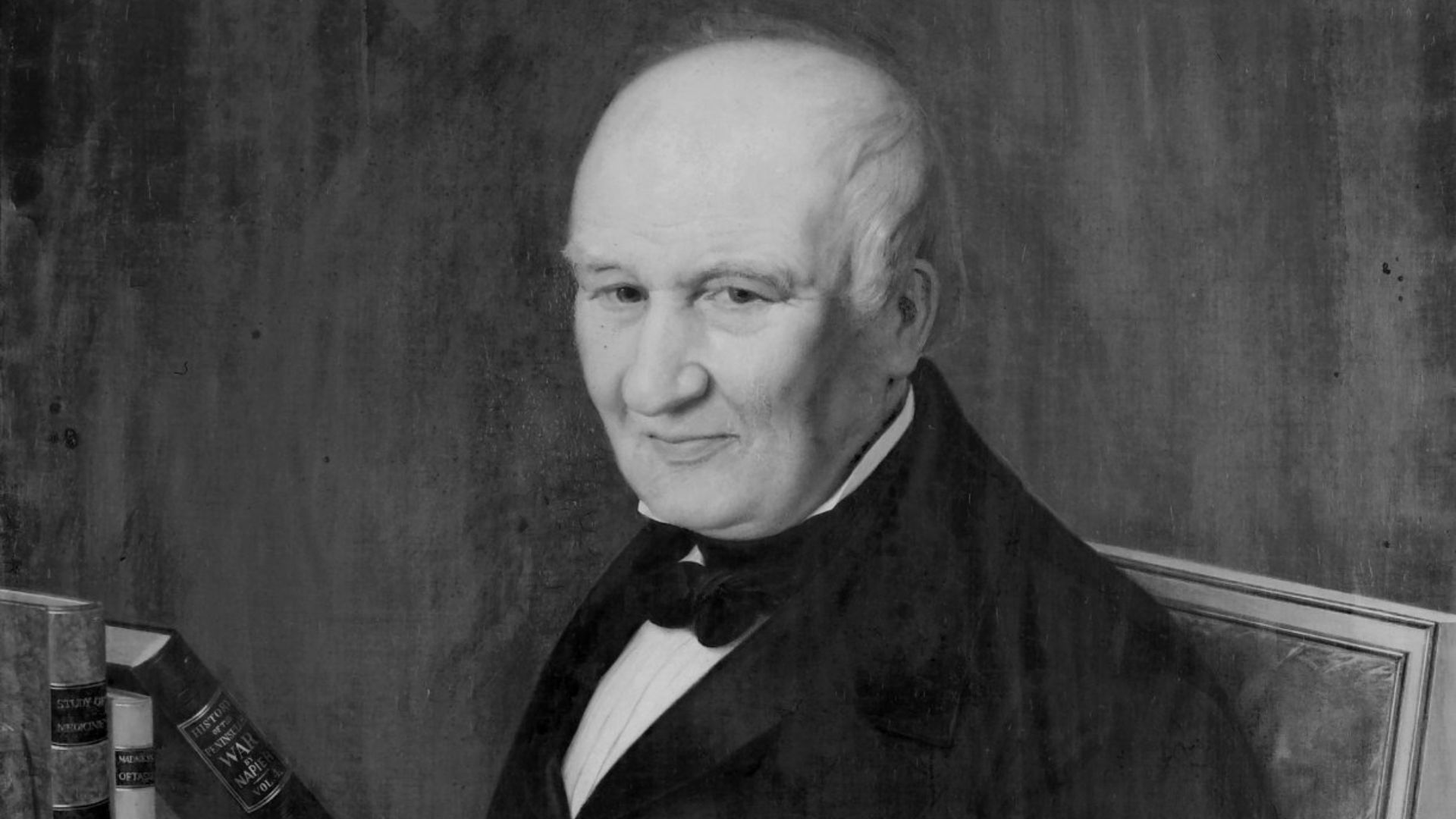 Charles Christian Nahl, Wikimedia Commons
Charles Christian Nahl, Wikimedia Commons
Walt Whitman's Early Role At The Apprentices' Library
Long before becoming America's celebrated poet, Walt Whitman worked briefly at the Brooklyn Apprentices' Library. As a teenager in 1835, he served as an acting librarian. This experience shaped his early love for literature, which placed him in direct contact with the printed word and Brooklyn's vibrant working-class readers.
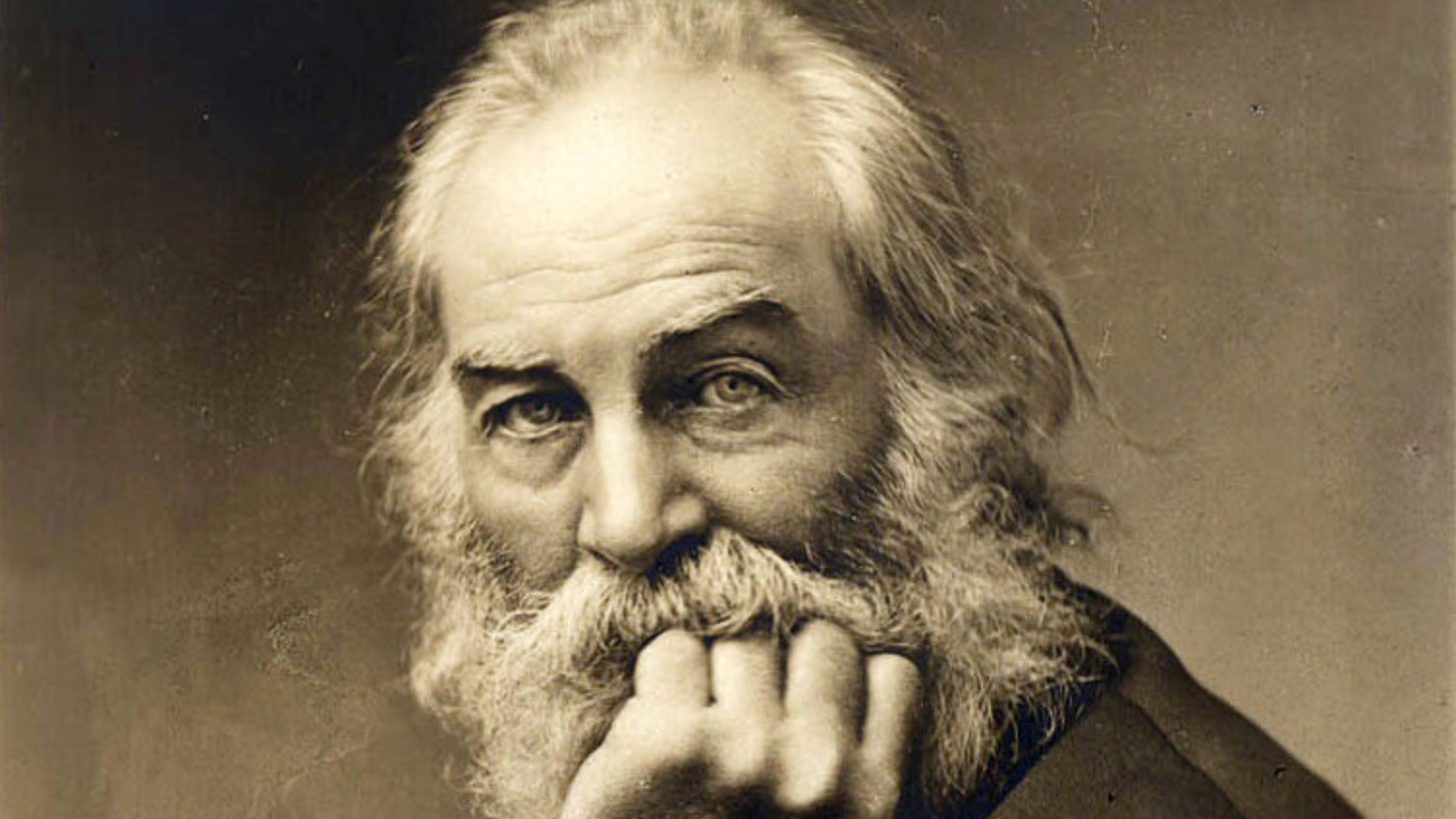 G. Frank E. Pearsall, Wikimedia Commons
G. Frank E. Pearsall, Wikimedia Commons
Brooklyn's Expanding Population And The Need For Knowledge
During the 1820s and 1830s, Brooklyn's population swelled as industries flourished. With growth came an urgent need for educational resources. The Apprentices' Library became a vital institution by helping young laborers acquire the knowledge necessary to adapt to an evolving economy and participate more fully in civic life.
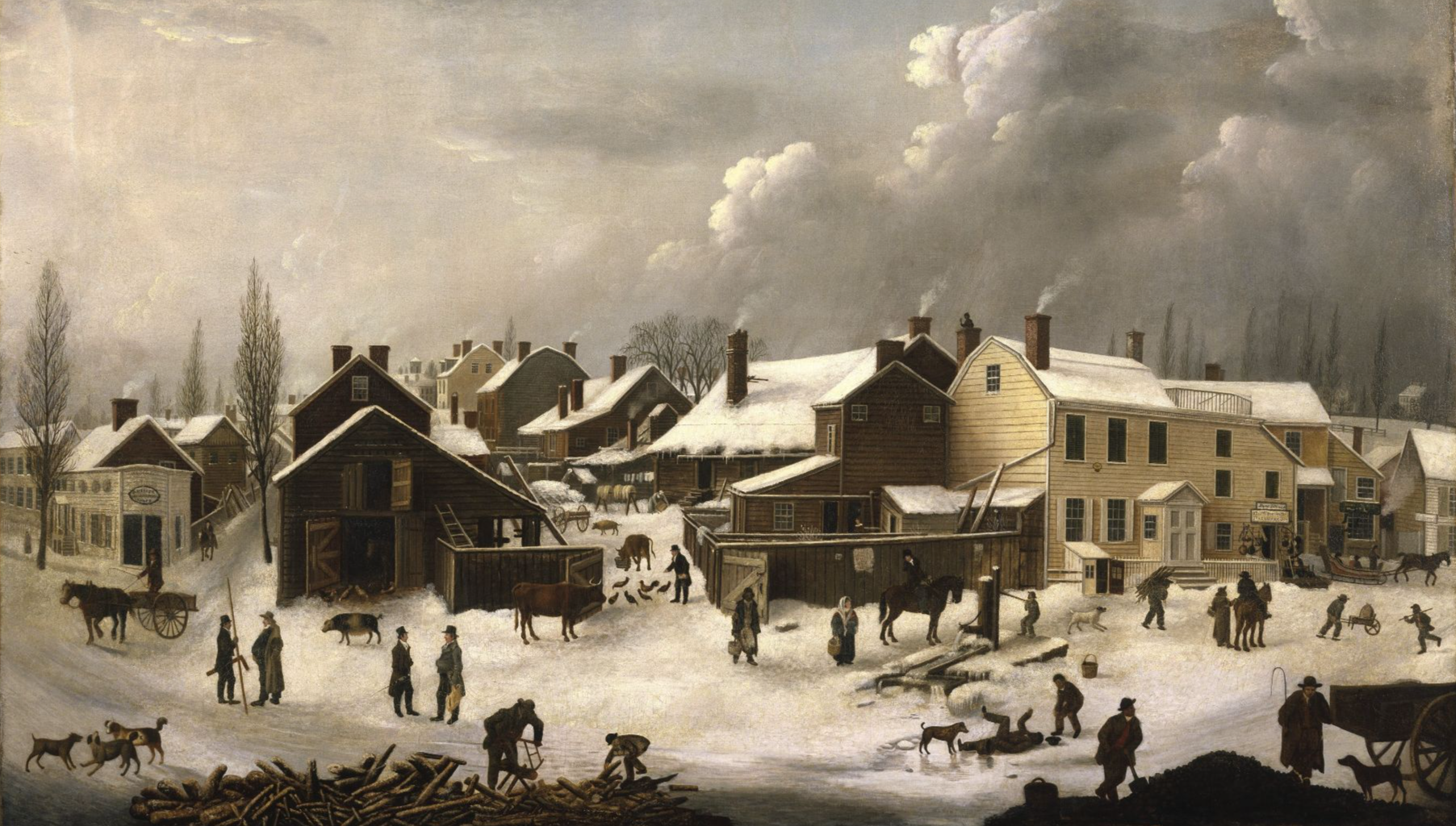 Francis Guy, Wikimedia Commons
Francis Guy, Wikimedia Commons
Building The First Collections To Support Young Tradesmen
The library's initial collections focused on practical trades and moral philosophy. Books were carefully selected to aid apprentices in carpentry and mechanical arts. Early acquisitions reflected the founders' commitment to real-world education by offering tools of knowledge that could open doors to personal and professional advancement.
Merging With The Brooklyn Lyceum To Broaden Reach
In 1843, the Brooklyn Apprentices' Library merged with the Brooklyn Lyceum, significantly expanding its scope. No longer focused solely on apprentices, the combined institution began offering lectures and scientific demonstrations, which signaled its evolution from a small library into a broader cultural force.
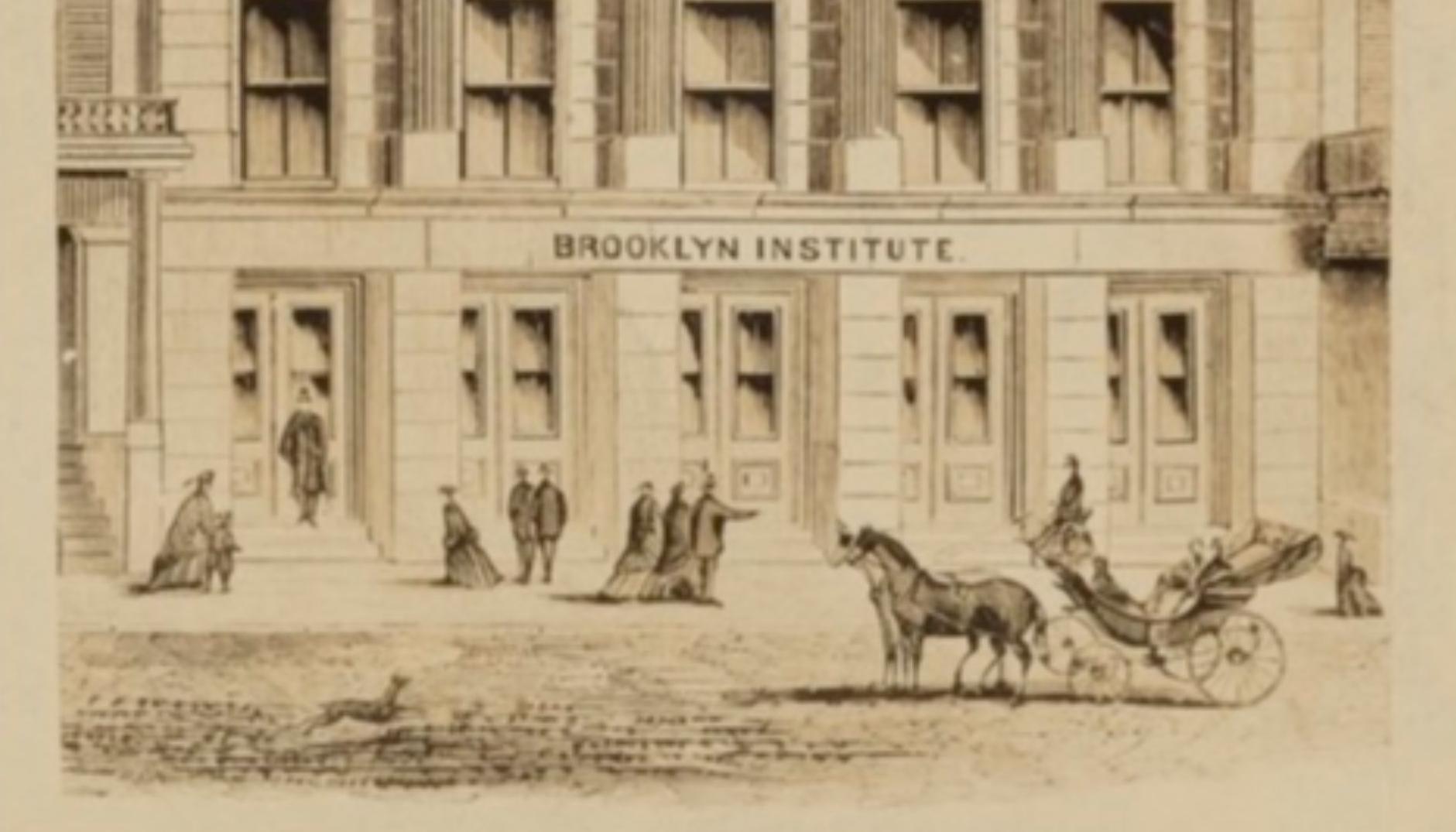 Digital Collections, The New York Public Library, Wikimedia Commons
Digital Collections, The New York Public Library, Wikimedia Commons
The Brooklyn Institute Of Arts And Sciences Takes Shape
In the same 1843, the newly merged organization adopted a new name: The Brooklyn Institute. Over the next few decades, it fostered public education across disciplines, from fine arts to natural sciences. This vision laid the groundwork for several major Brooklyn institutions that included the modern day Brooklyn Museum.
 Detroit Publishing Company, Wikimedia Commons
Detroit Publishing Company, Wikimedia Commons
The Brooklyn Institute Of Arts And Sciences Takes Shape (Cont.)
Beyond its cultural mission, the Brooklyn Institute played a critical role in science education by hosting groundbreaking lectures by early American scientists. It also established links with emerging institutions like the Brooklyn Botanic Garden and the Brooklyn Children's Museum to help solidify Brooklyn's identity as a center for learning.
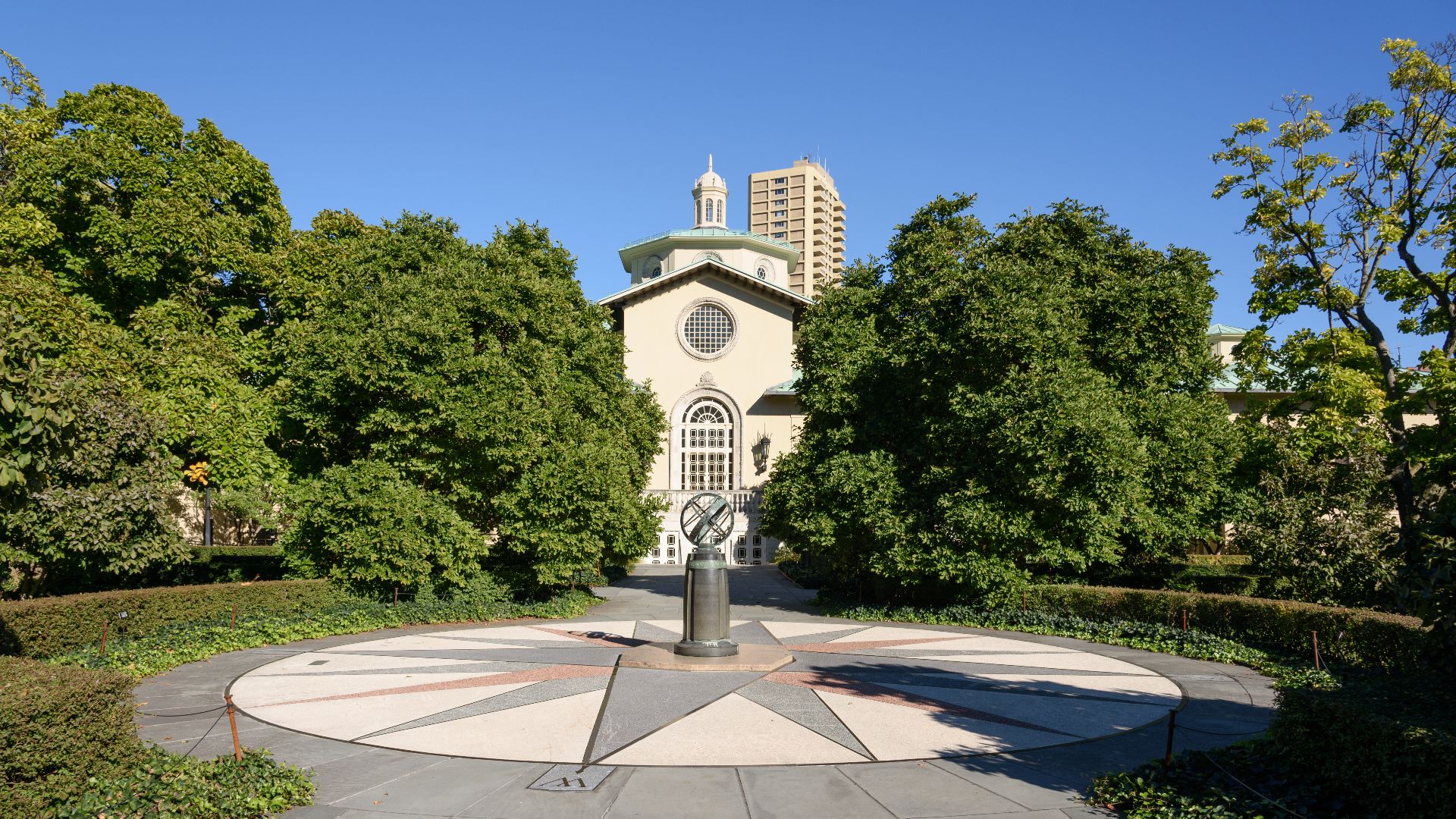 King of Hearts, Wikimedia Commons
King of Hearts, Wikimedia Commons
Laying Foundations For A Permanent Museum Space
As its collection and ambitions grew, the Brooklyn Institute recognized the need for a permanent, purpose-built museum. Leaders envisioned a grand space to house art and scientific specimens. Fundraising began earnestly, supported by Brooklyn's flourishing merchant class eager to cement the borough's cultural standing.
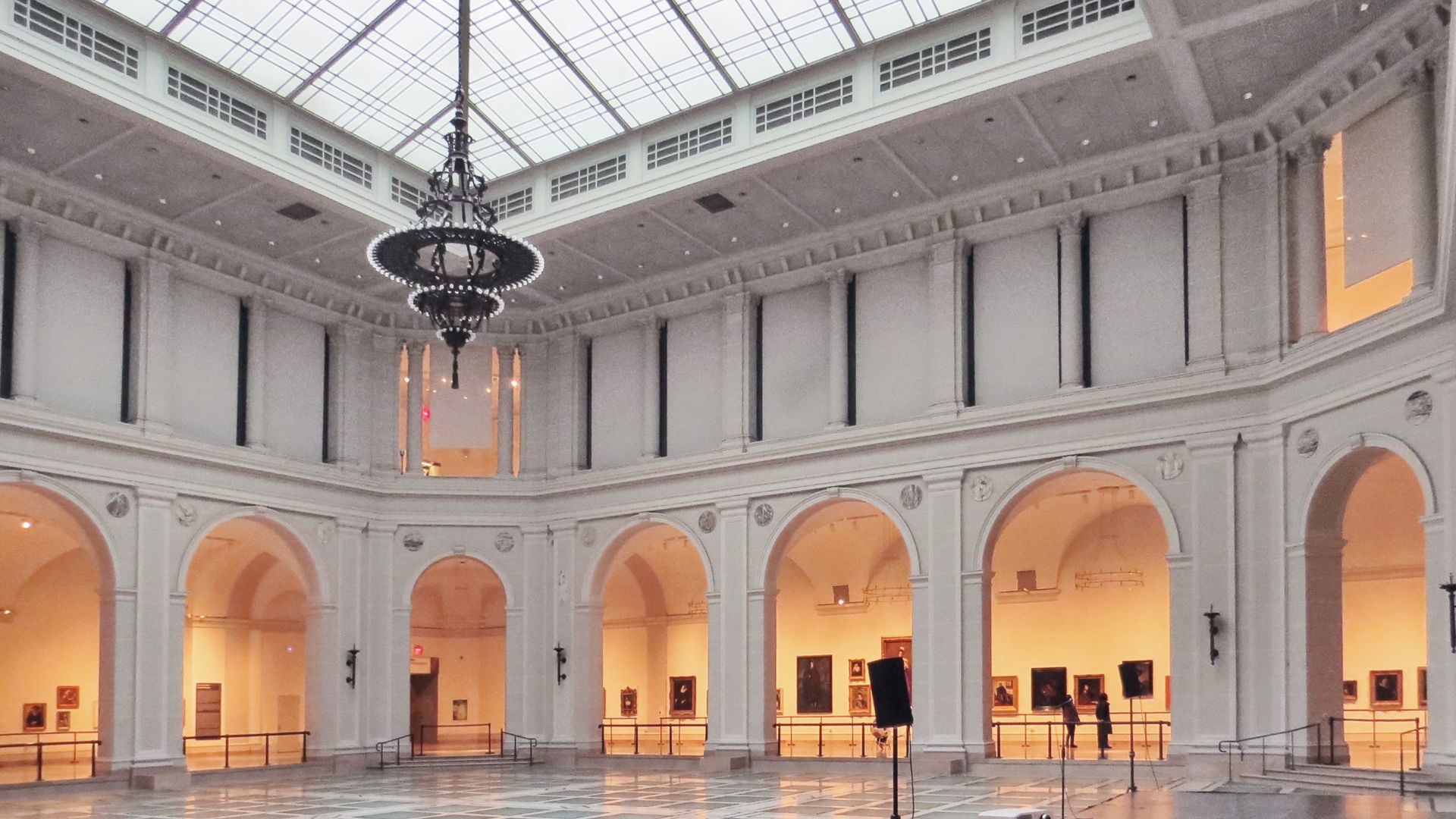 Gabriel Fernandes from Sao Paulo, Brasil, Wikimedia Commons
Gabriel Fernandes from Sao Paulo, Brasil, Wikimedia Commons
Planning A World-Class Museum For Brooklyn
By the late 19th century, leaders of the Brooklyn Institute recognized that their collections needed a permanent home. They envisioned a museum on a scale rarely seen outside Europe. Fundraising campaigns were launched, and an ambitious site in Eastern Parkway was selected to host Brooklyn's grand cultural showcase.
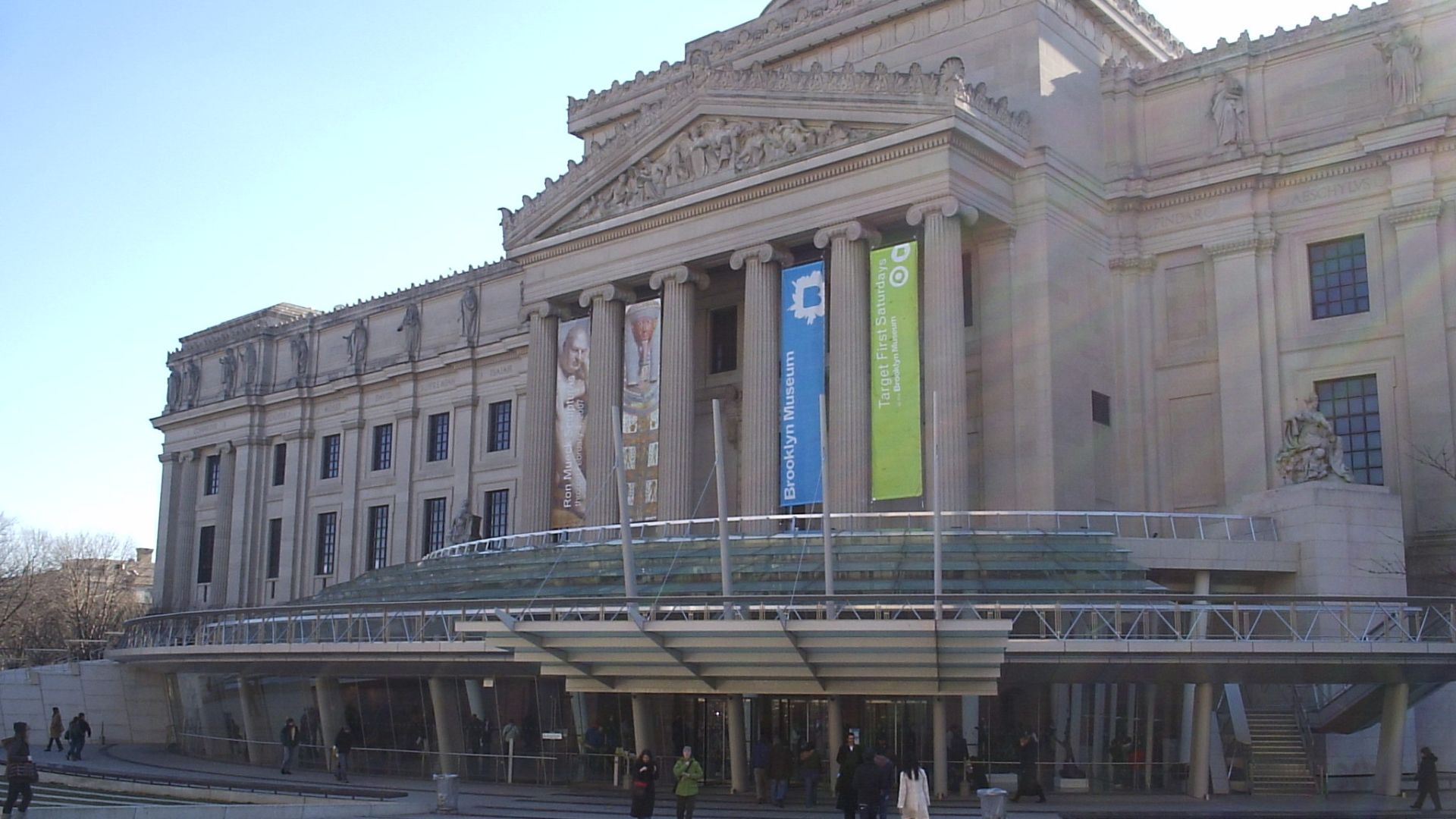 PaladinHero1 at English Wikipedia (Original text: Brent Nycz), Wikimedia Commons
PaladinHero1 at English Wikipedia (Original text: Brent Nycz), Wikimedia Commons
McKim, Mead & White's Grand Architectural Blueprint
The well-known architectural firm McKim, Mead & White was commissioned to design the new museum. Their plan envisioned an enormous Beaux-Arts complex that spanned four city blocks. Inspired by European grandeur, the design featured great stairways and monumental facades intended to rival the most excellent museums in the world.
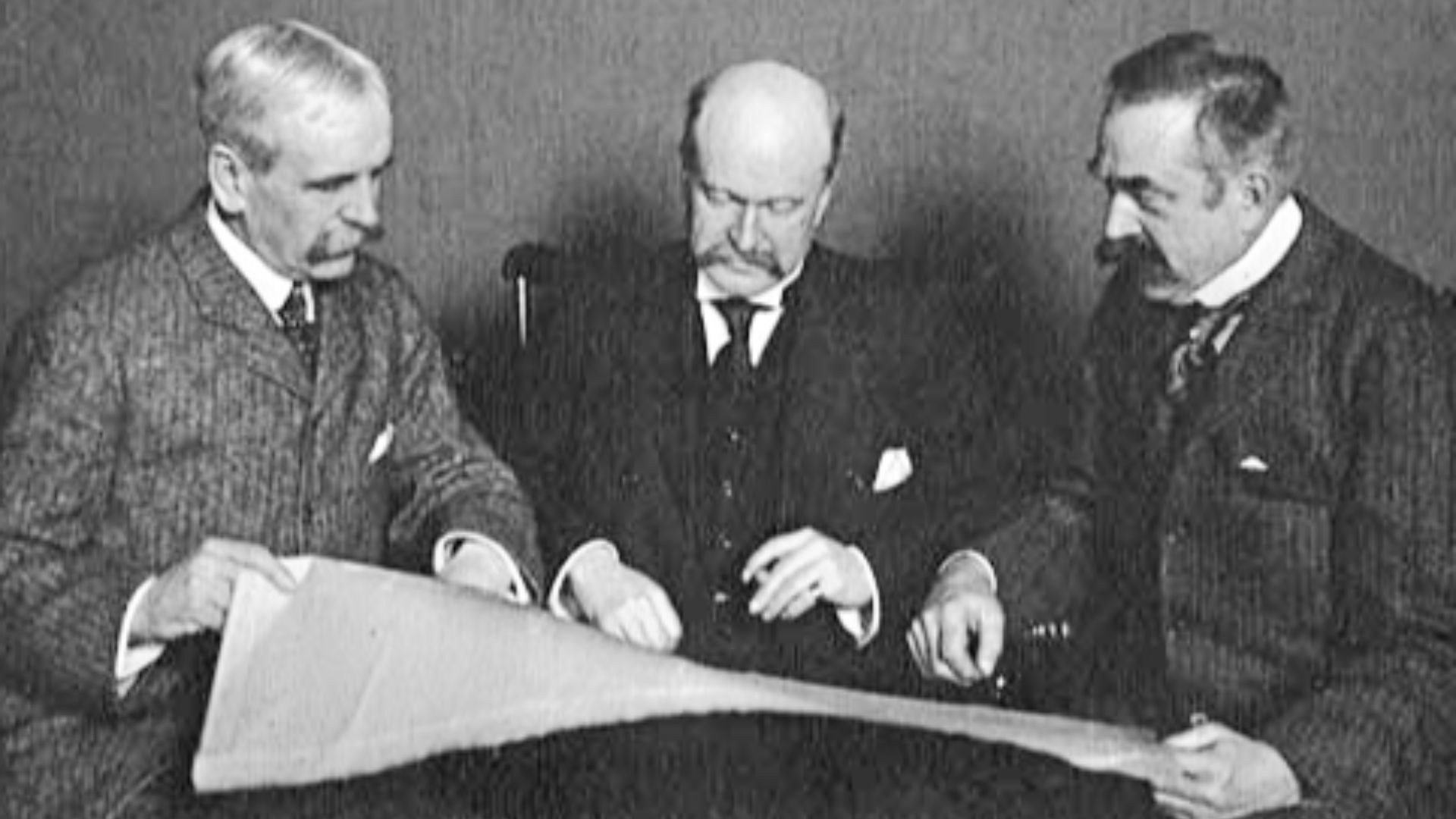 Unknown authorUnknown author, Wikimedia Commons
Unknown authorUnknown author, Wikimedia Commons
Celebrating The Brooklyn Museum's Opening In 1897
In 1897, the first completed section of the Brooklyn Museum opened to the public. Although only a fraction of the original design, the new building marked a triumph for Brooklyn's civic pride. Crowds flocked to marvel at its neoclassical architecture and growing collection of global art treasures.
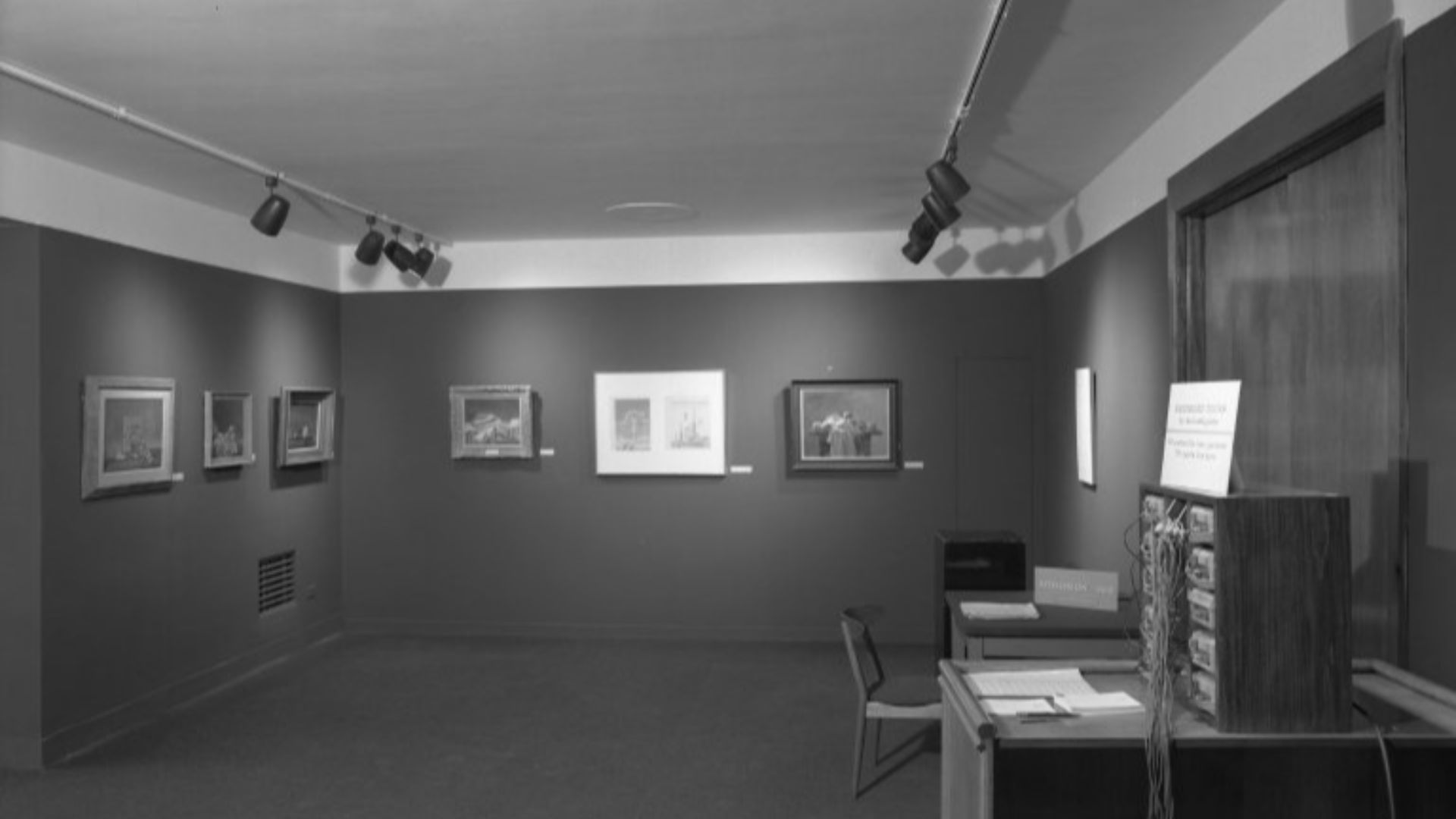 Brooklyn Museum, Wikimedia Commons
Brooklyn Museum, Wikimedia Commons
Scaling Back A Monumental Vision
Despite grand intentions, the whole architectural vision was never realized. Financial limitations and Brooklyn's 1898 consolidation into New York City curbed expansion plans. Only a portion of McKim, Mead & White's original design reflects ambition and the practical limits of urban dreams today.
 National Archives at College Park, Wikimedia Commons
National Archives at College Park, Wikimedia Commons
Ancient Egyptian Masterpieces Enthrall The Public
The Brooklyn Museum's Egyptian collection quickly became a public favorite among the oldest and most significant in the United States. Acquiring artifacts like mummies and temple sculptures, the museum offered visitors a glimpse into ancient civilization. Educational initiatives further enriched public understanding of Egypt's enduring legacy.
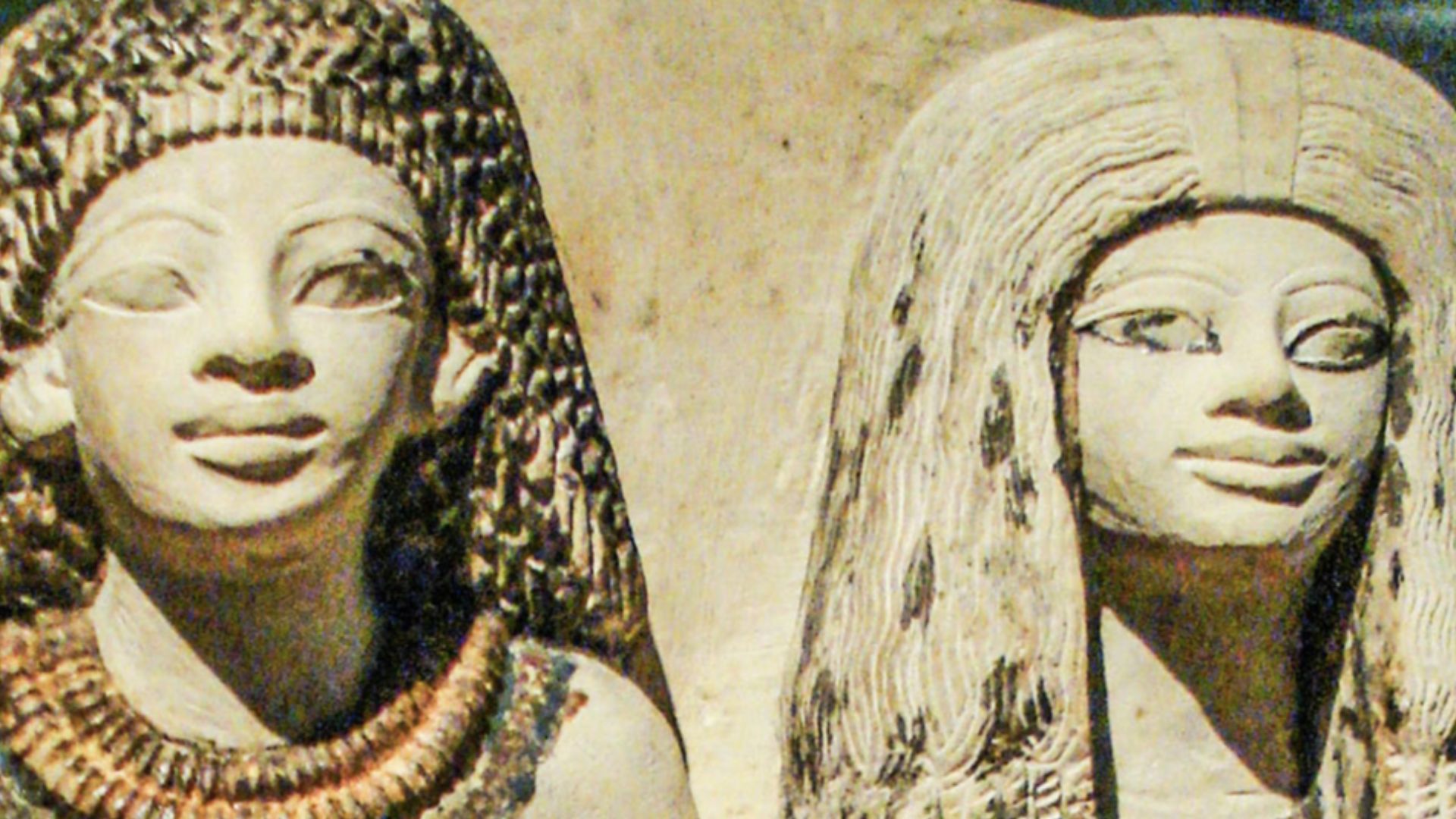 One dead president, David Liam Moran, Wikimedia Commons
One dead president, David Liam Moran, Wikimedia Commons
American Art Finds Recognition In Brooklyn's Halls
Early on, the Brooklyn Museum championed American artists when many institutions still favored European works. Paintings by Gilbert Stuart and Winslow Homer were prominently displayed. These acquisitions helped validate American creativity and fostered Brooklyn's reputation as a supportive environment for homegrown artistic achievement.
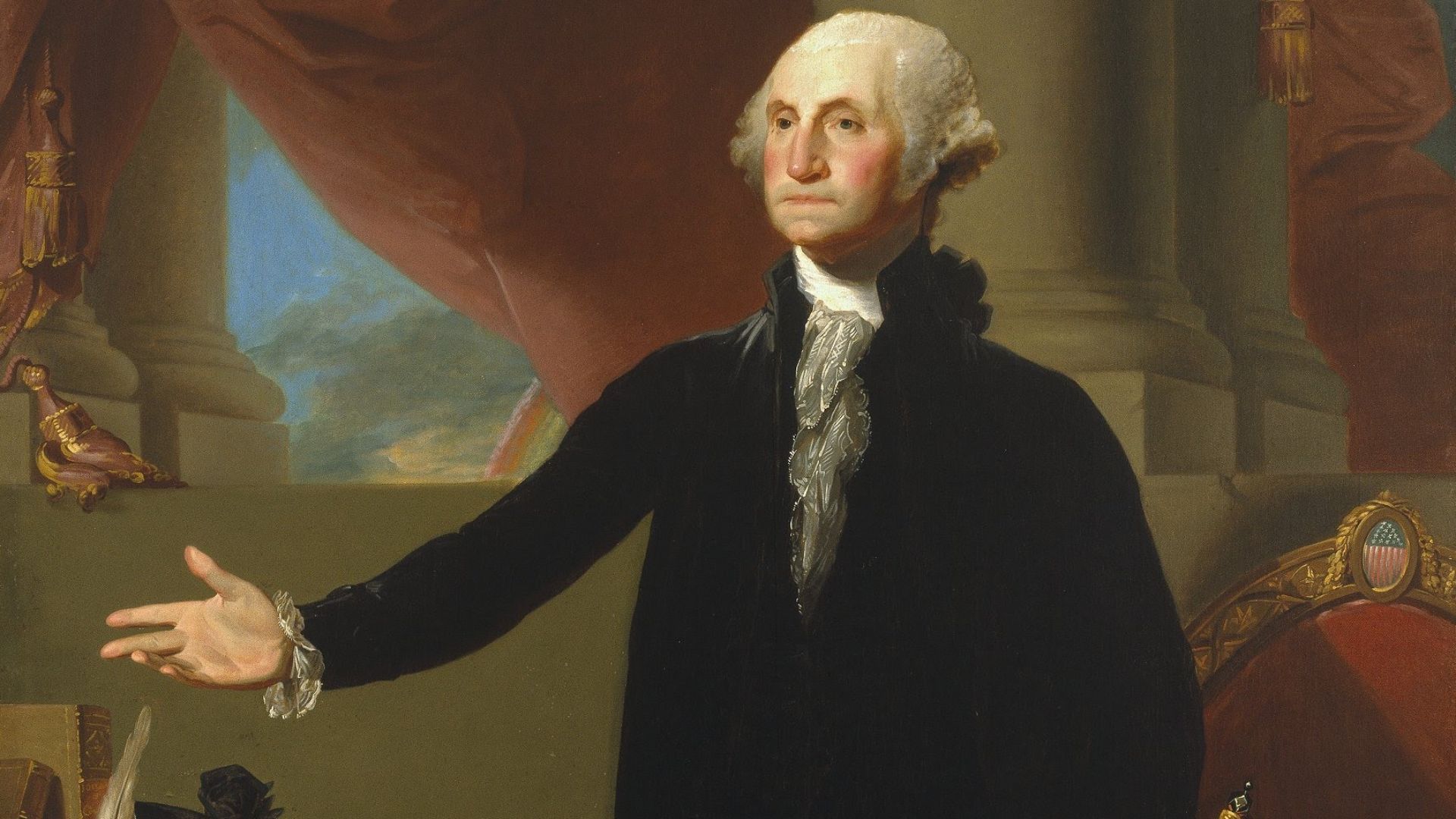 Gilbert Stuart, Wikimedia Commons
Gilbert Stuart, Wikimedia Commons
Introducing African Art To American Audiences
At a time when African art was often misunderstood, the Brooklyn Museum took bold steps to introduce it respectfully to American audiences. Early 20th-century acquisitions included masks and textiles. The museum emphasized cultural significance by challenging stereotypes and pioneering a broader understanding of global artistic traditions.
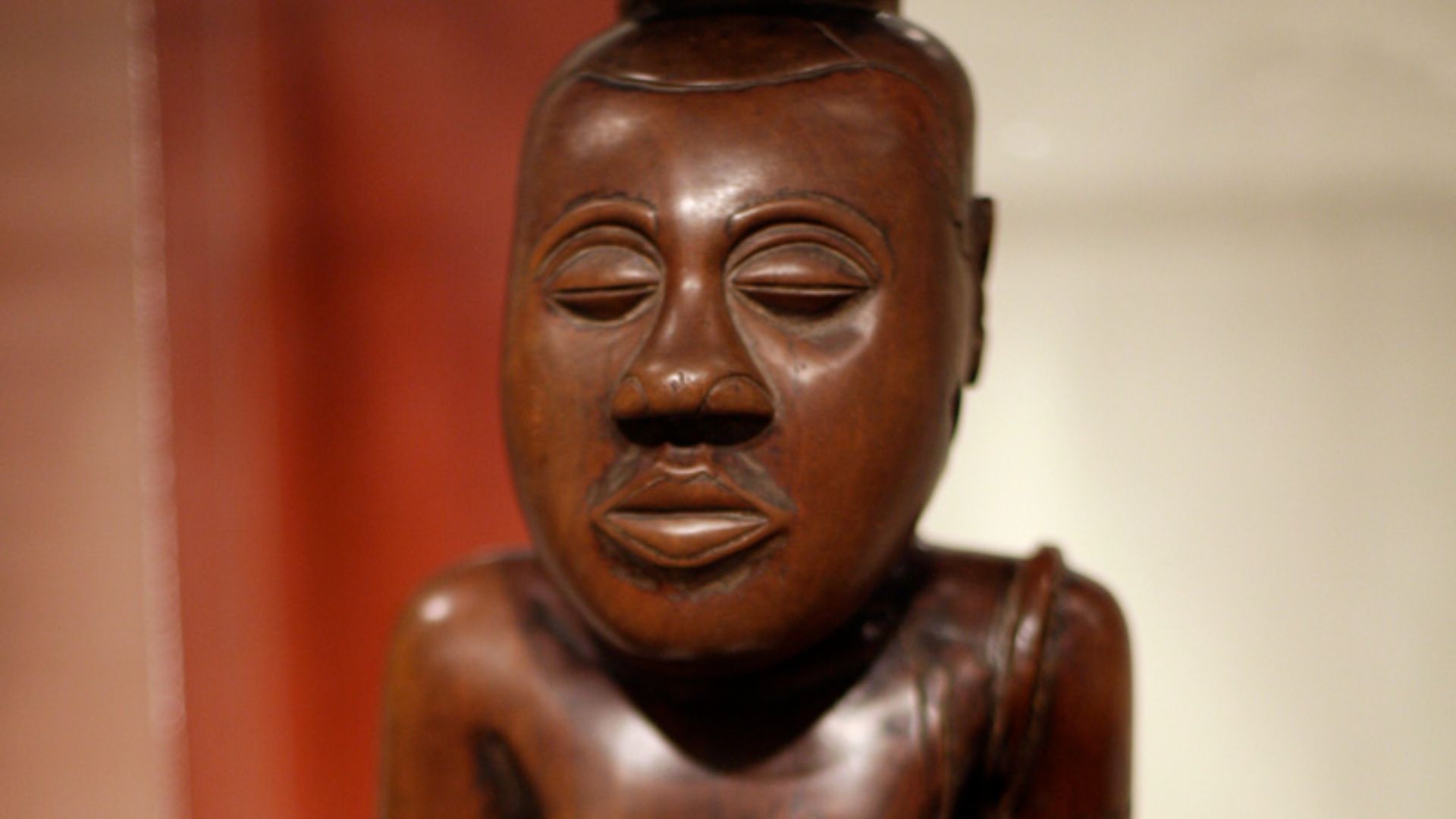 File Upload Bot (Kaldari), Wikimedia Commons
File Upload Bot (Kaldari), Wikimedia Commons
Showcasing Decorative Arts And Everyday Objects
Recognizing beauty beyond traditional fine art, the Brooklyn Museum dedicated significant space to decorative arts. Furniture and textiles were presented not as utilitarian items but as reflections of craftsmanship and design. This innovative approach celebrated the artistry embedded in everyday life across cultures and centuries.
Embracing Modern Art Amid Traditional Tastes
Even as classical collections anchored the museum, leaders cautiously embraced modern art. By exhibiting works from emerging American modernists and international avant-garde movements, the Brooklyn Museum signaled its commitment to evolving artistic expressions. This delicate balance preserved its legacy while opening doors to contemporary conversations.
Financial Struggles Hinder Growth Aspirations
During the mid-20th century, the Brooklyn Museum faced serious financial strain. Dwindling city support and rising operational costs curtailed expansion plans, and funding for acquisitions and building maintenance grew scarce. Leaders had to make difficult choices by focusing on survival rather than the grand ambitions once envisioned.
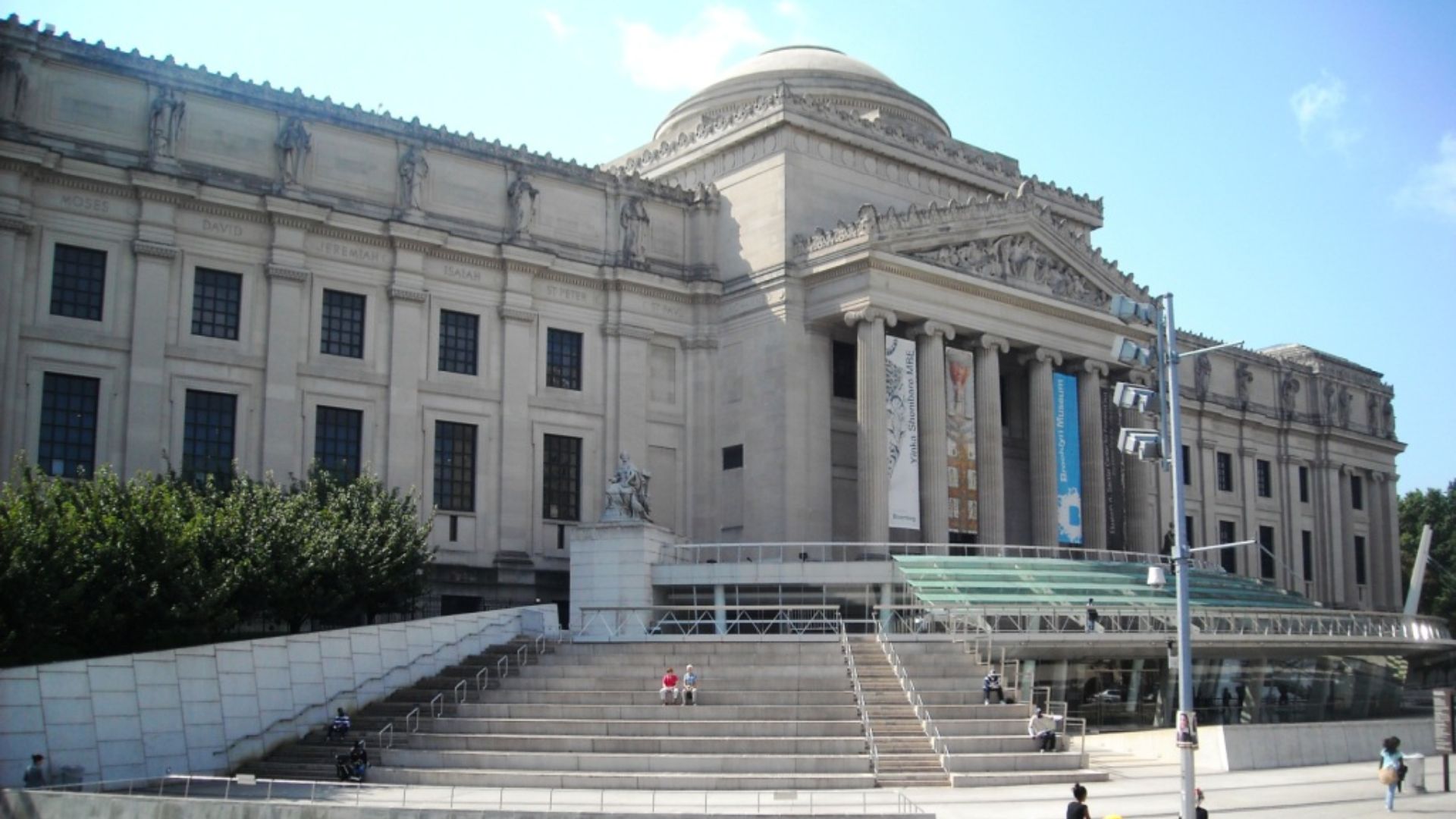 Elisa.rolle, Wikimedia Commons
Elisa.rolle, Wikimedia Commons
Brooklyn's Changing Demographics Reshape Museum Needs
Postwar Brooklyn saw waves of immigration and suburban flight that changed its social fabric. Traditional museum audiences declined, and new, diverse communities emerged. The Brooklyn Museum recognized that to stay relevant, it needed to better reflect the borough's evolving population and the cultural narratives shaping its neighborhoods.
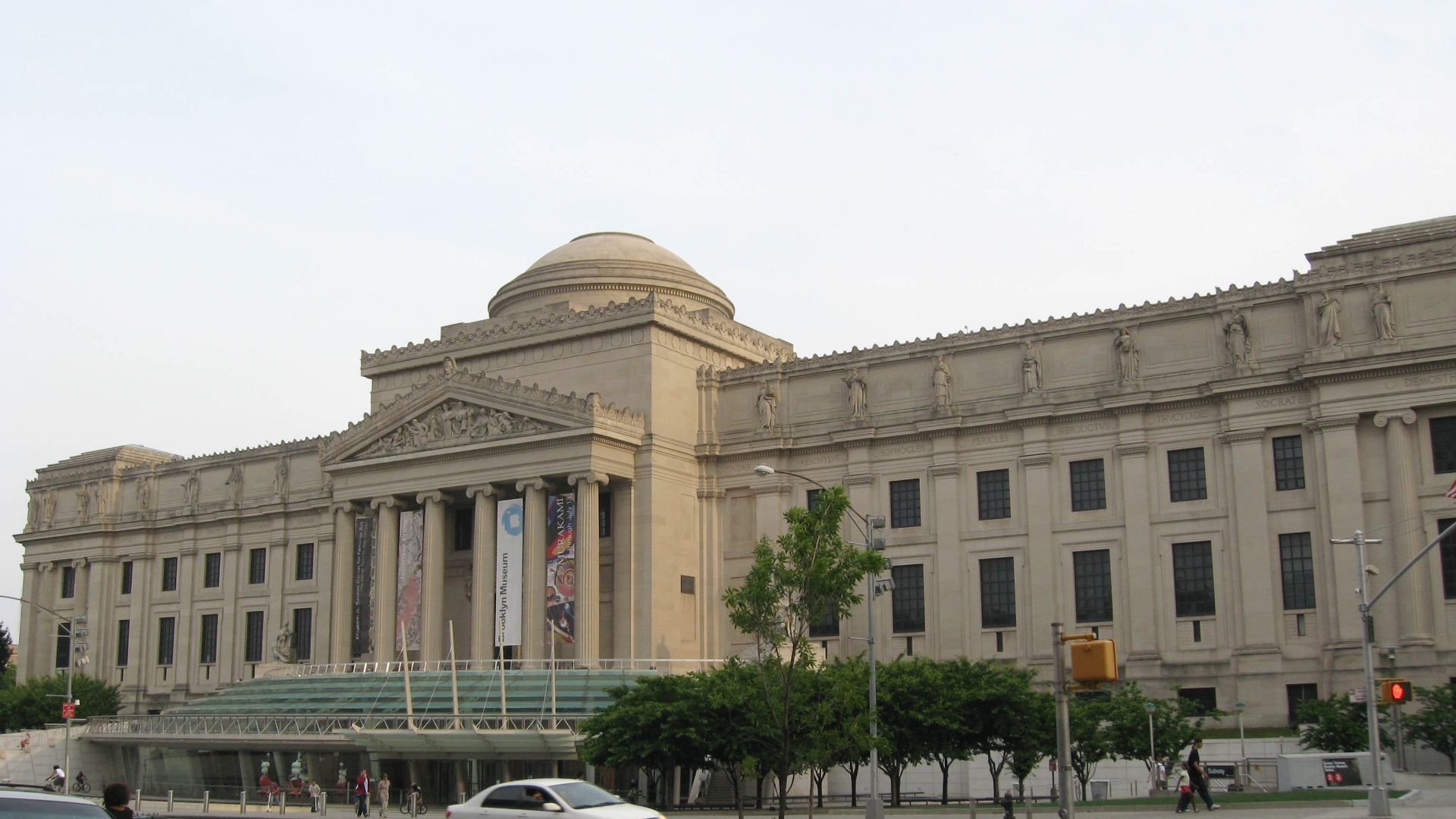 Jim.henderson, Wikimedia Commons
Jim.henderson, Wikimedia Commons
Deepening Community Engagement In A New Era
The museum launched initiatives to connect with local audiences in response to shifting demographics. Community outreach programs and partnerships with neighborhood groups became central. These efforts expanded access and repositioned the museum as an inclusive institution woven into Brooklyn's everyday life.
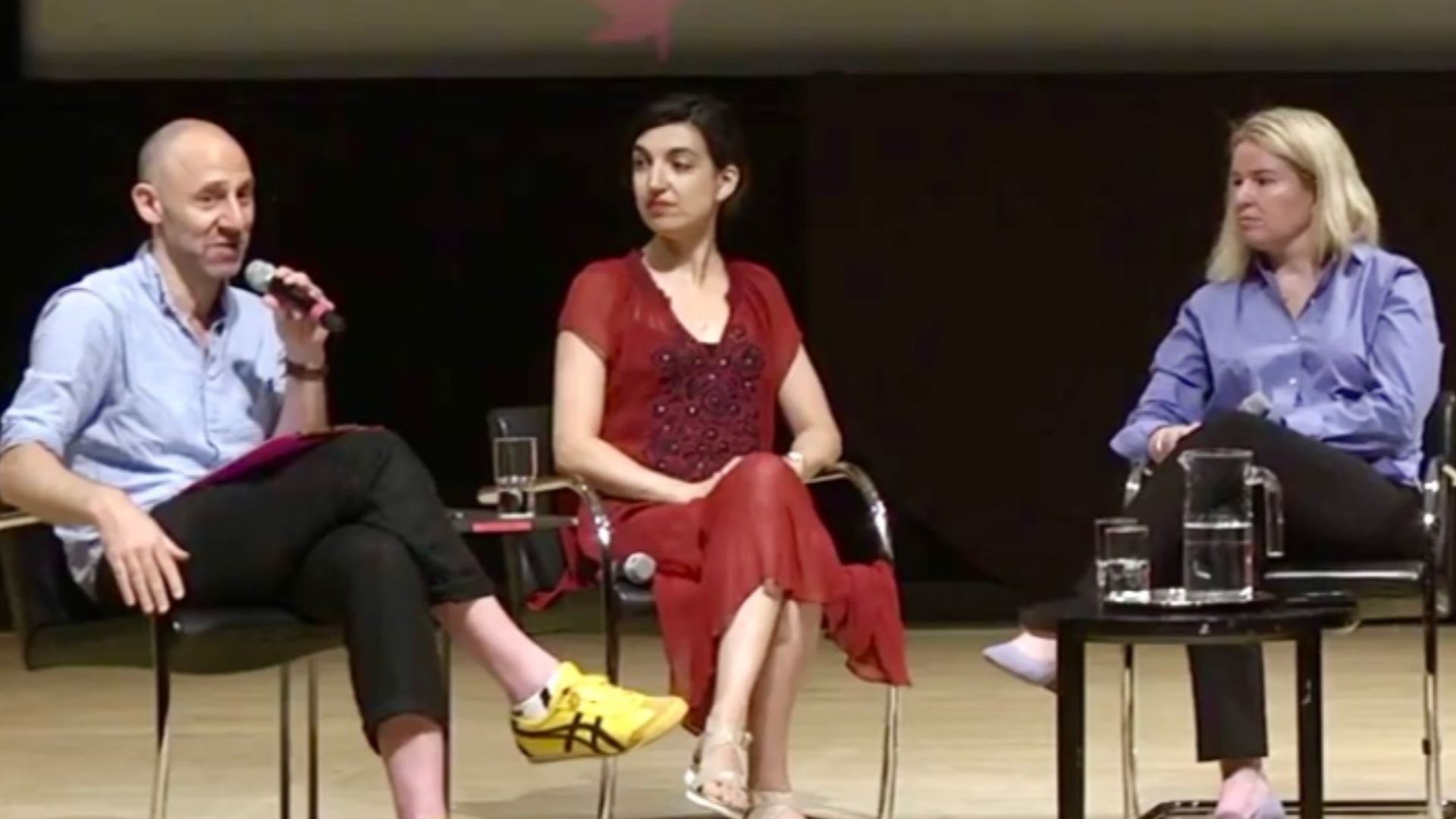 Brooklyn Museum, Wikimedia Commons
Brooklyn Museum, Wikimedia Commons
Controversies Surrounding Art Acquisitions And Exhibits
The Brooklyn Museum occasionally drew criticism for its acquisitions and exhibit choices. Disputes over artifact authenticity and cultural sensitivity spurred public debate. In response, museum leaders tightened curatorial guidelines, adopted more transparent acquisition practices, and committed to greater accountability in presenting culturally diverse and historically significant exhibitions.
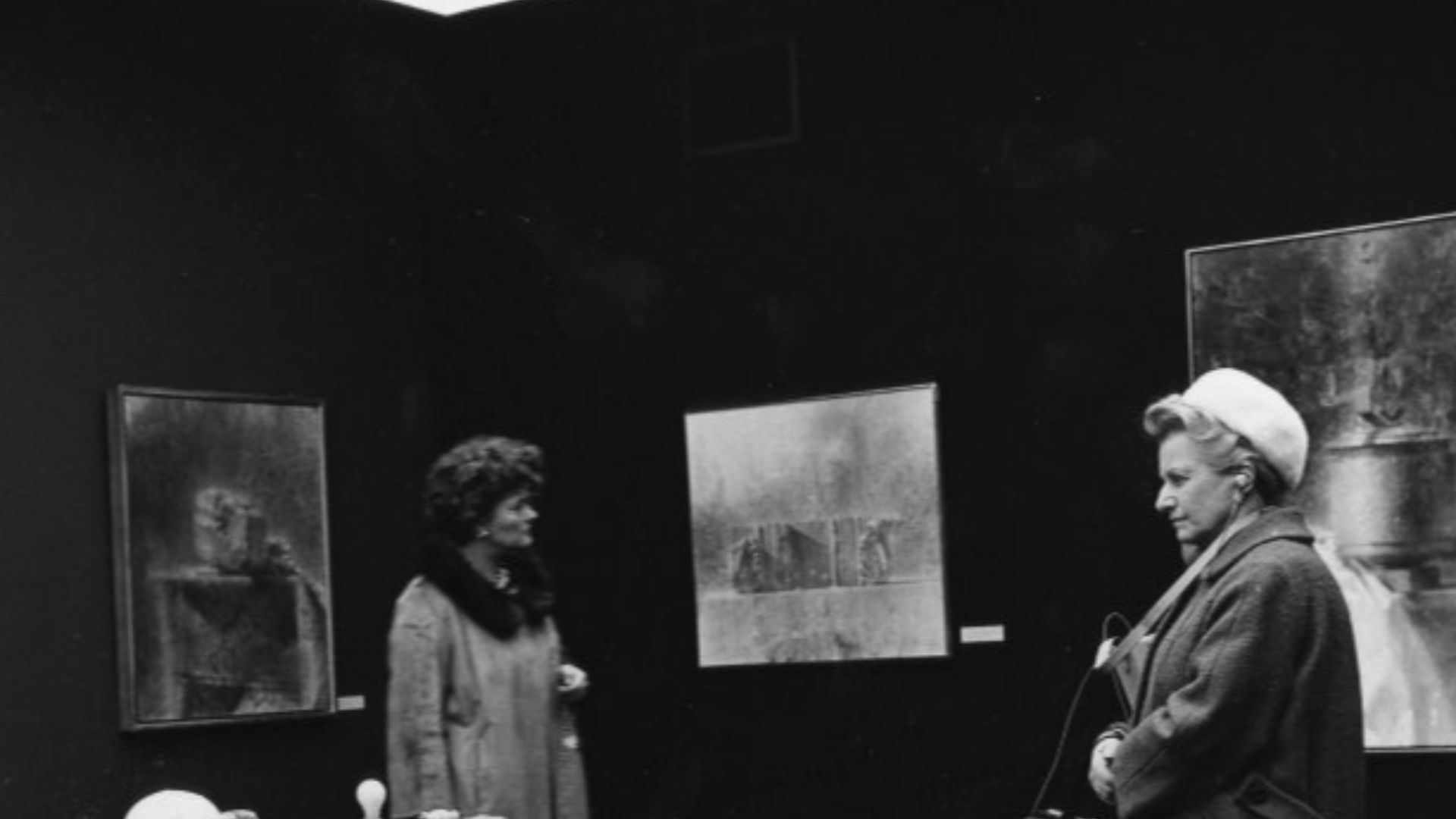 Brooklyn Museum, Wikimedia Commons
Brooklyn Museum, Wikimedia Commons
Controversies Surrounding Art Acquisitions And Exhibits (Cont.)
In 1999, Sensation provoked national outrage, especially over Chris Ofili's The Holy Virgin Mary, which incorporated elephant dung and pornographic clippings. Mayor Giuliani condemned it and sued the museum. The Brooklyn Museum defended its First Amendment rights by winning a landmark legal victory for artistic freedom.
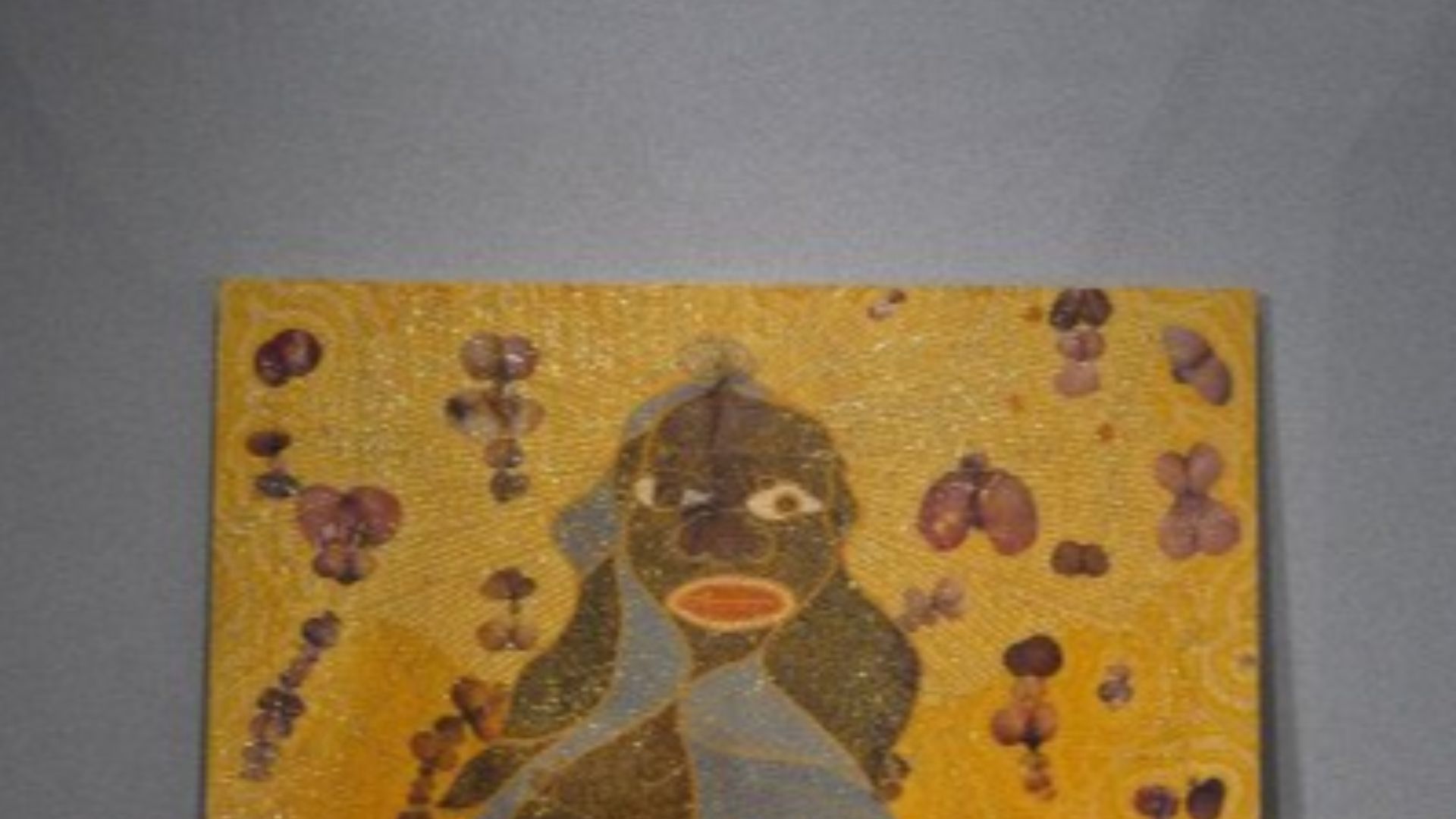 Brooklyn Museum, Wikimedia Commons
Brooklyn Museum, Wikimedia Commons
Expanding Access Through Youth And Local Artist Programs
During the 1970s, the Brooklyn Museum expanded its outreach by connecting youth and artists to new opportunities. Its "Art School Without Walls” concept emerged through the 1970 “Multi-Media 70” exhibition by delivering creative workshops into Brooklyn's neighborhoods and forging strong cultural bonds within the diverse local community.
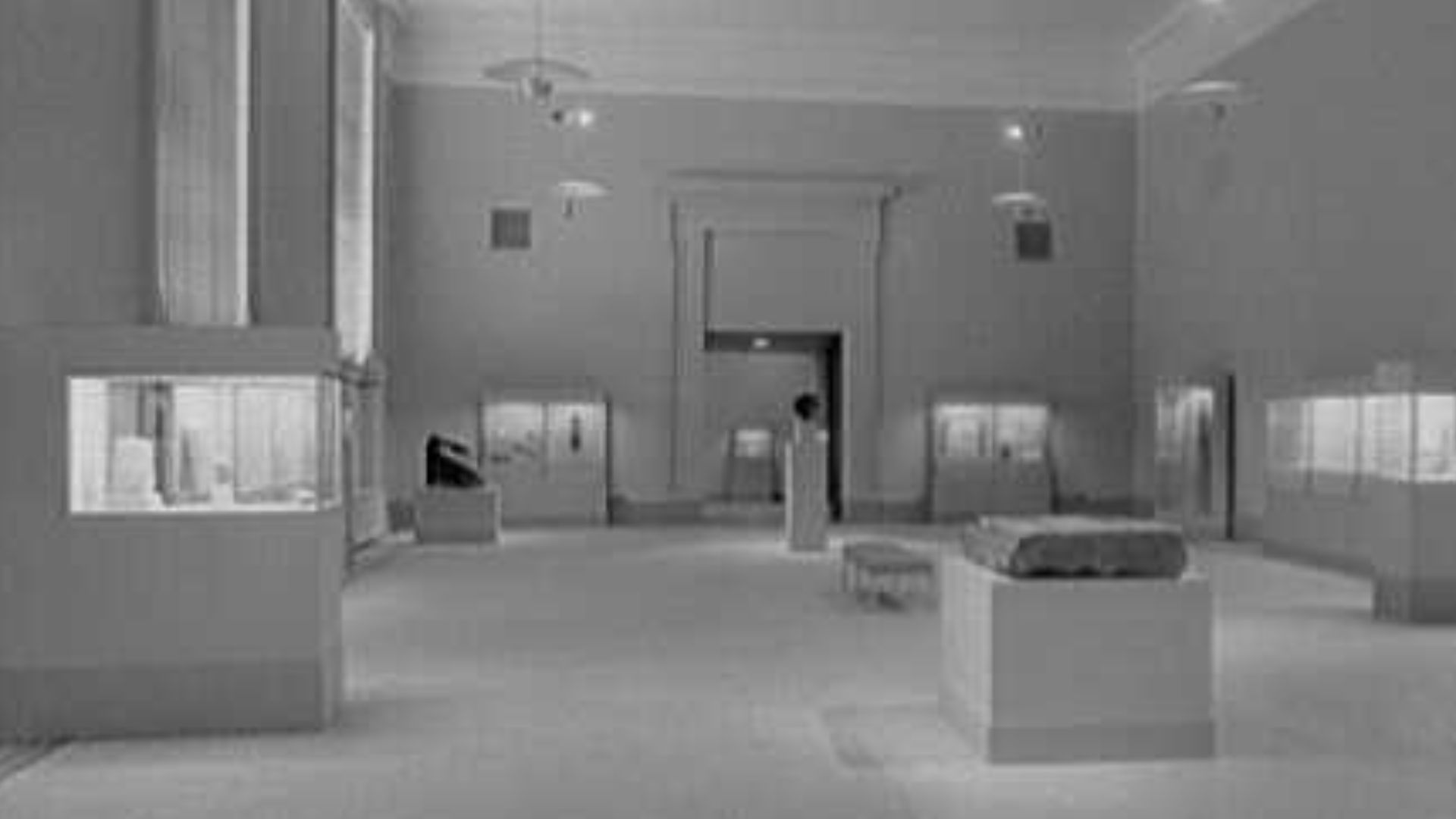 Gottscho-Schleisner Collection, Wikimedia Commons
Gottscho-Schleisner Collection, Wikimedia Commons
Curatorial Experiments That Challenged Old Museum Norms
Throughout the late 20th century, the Brooklyn Museum embraced curatorial risks. Exhibitions mixed high and low art, combined traditional works with contemporary pieces, and explored underrepresented cultures. By challenging rigid museum conventions, Brooklyn positioned itself as a progressive force committed to rethinking how art could be experienced and understood.
Curatorial Experiments That Challenged Old Museum Norms (Cont.)
Notable examples include “Commemorating the Dead: Textiles and the Body" in 1995, which blended historic funeral textiles with modern installations, and “Black Male: Representations of Masculinity in Contemporary American Art” in 1994, which confronted racial stereotypes directly. These bold choices redefined how museums could engage with contemporary social narratives through art.
 Kehinde Wiley: A New Republic by Brooklyn Museum
Kehinde Wiley: A New Republic by Brooklyn Museum
Championing Women Artists Long Before The Mainstream
Before feminist art gained widespread institutional support, the Brooklyn Museum celebrated women's contributions. In 1971, it hosted "Women's Work” exhibitions. And this commitment deepened with the later establishment of Elizabeth A. Sackler Center for Feminist Art, which solidified the museum's leadership in promoting gender equity in art.
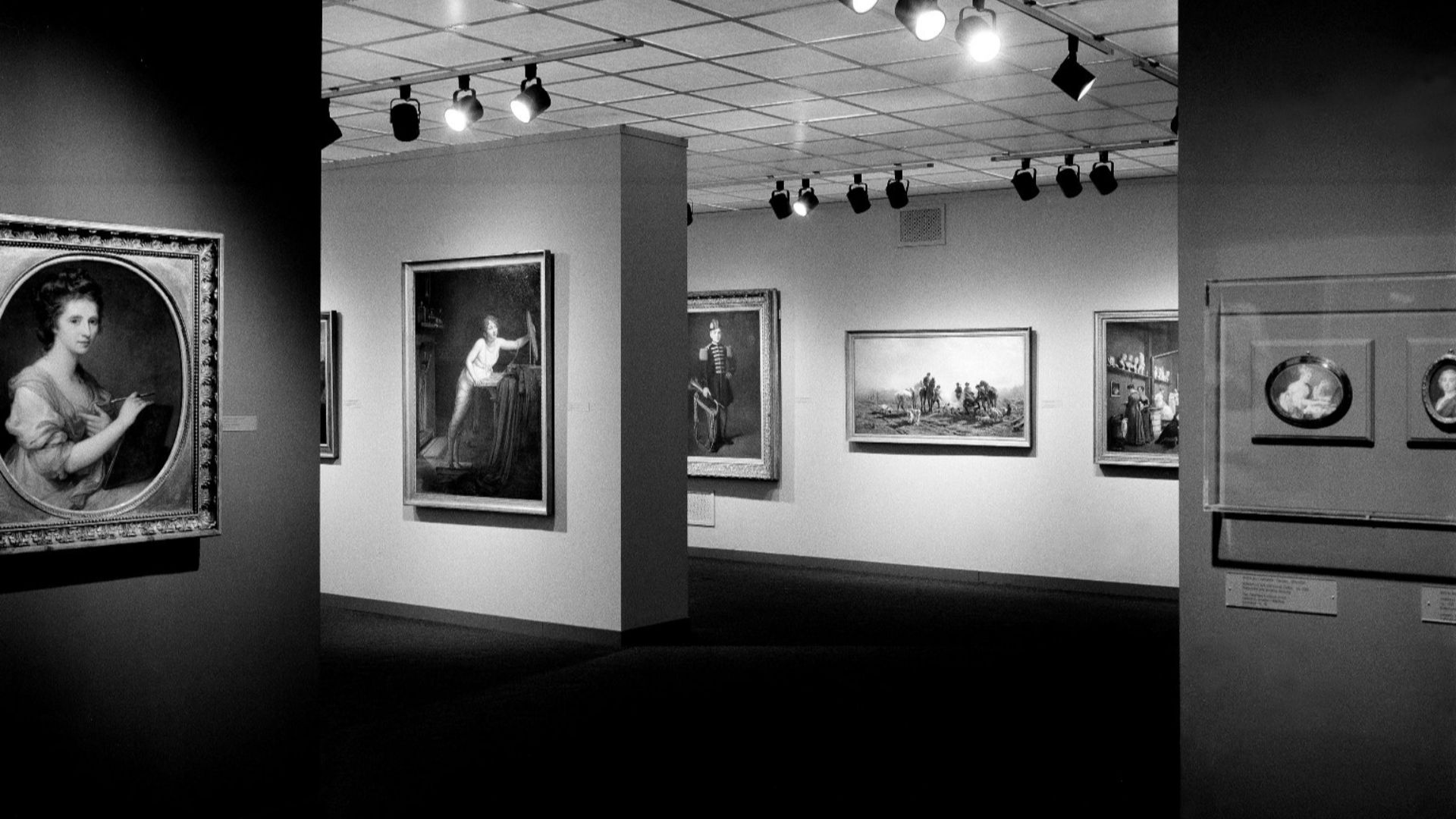 Brooklyn Museum, Wikimedia Commons
Brooklyn Museum, Wikimedia Commons
Launching The Elizabeth A. Sackler Center For Feminist Art
As mentioned, in 2007, the Brooklyn Museum deepened its feminist advocacy by launching the Elizabeth A. Sackler Center for Feminist Art. Anchored by Judy Chicago's seminal installation "The Dinner Party," the Center became a permanent home for exhibitions and dialogue by pioneering the exploration of feminist contributions to global art history.
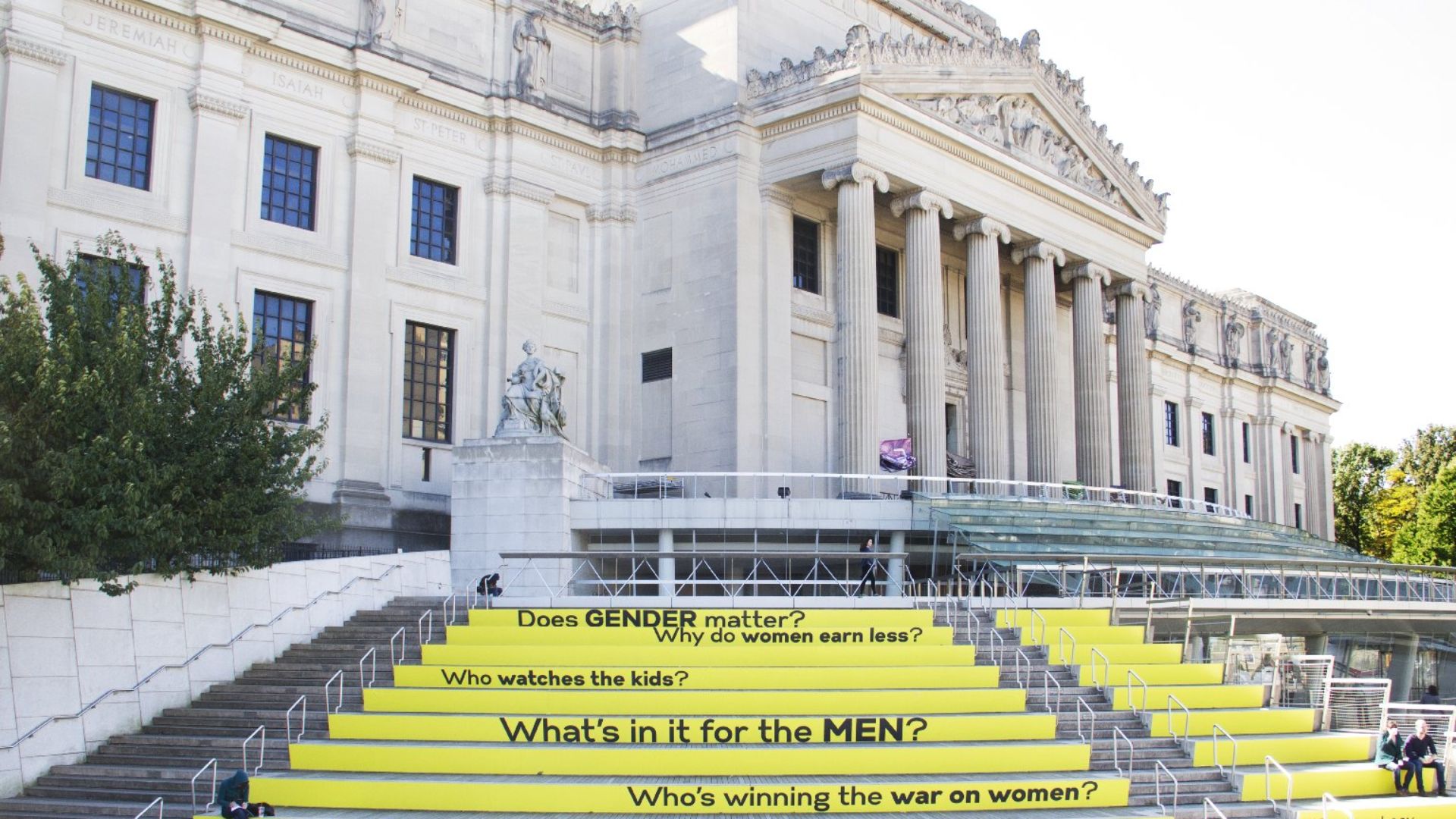 Brooklyn Museum, Wikimedia Commons
Brooklyn Museum, Wikimedia Commons
Celebrating Black Radical Women Through Art And History
In 2017, the museum hosted “We Wanted a Revolution: Black Radical Women, 1965–85,” a groundbreaking exhibition. Highlighting underrecognized Black women artists and activists, the show challenged mainstream narratives. It offered a richly layered view of the intersections between race, gender, politics, and creativity during a changing era.
Celebrating Black Radical Women Through Art And History (Cont.)
The exhibition featured influential figures like Faith Ringgold and Lorraine O'Grady. By spotlighting their pioneering work across visual arts and activism, the museum redefined how histories of the civil rights and feminist movements were told, giving overdue visibility to voices often sidelined in cultural institutions.
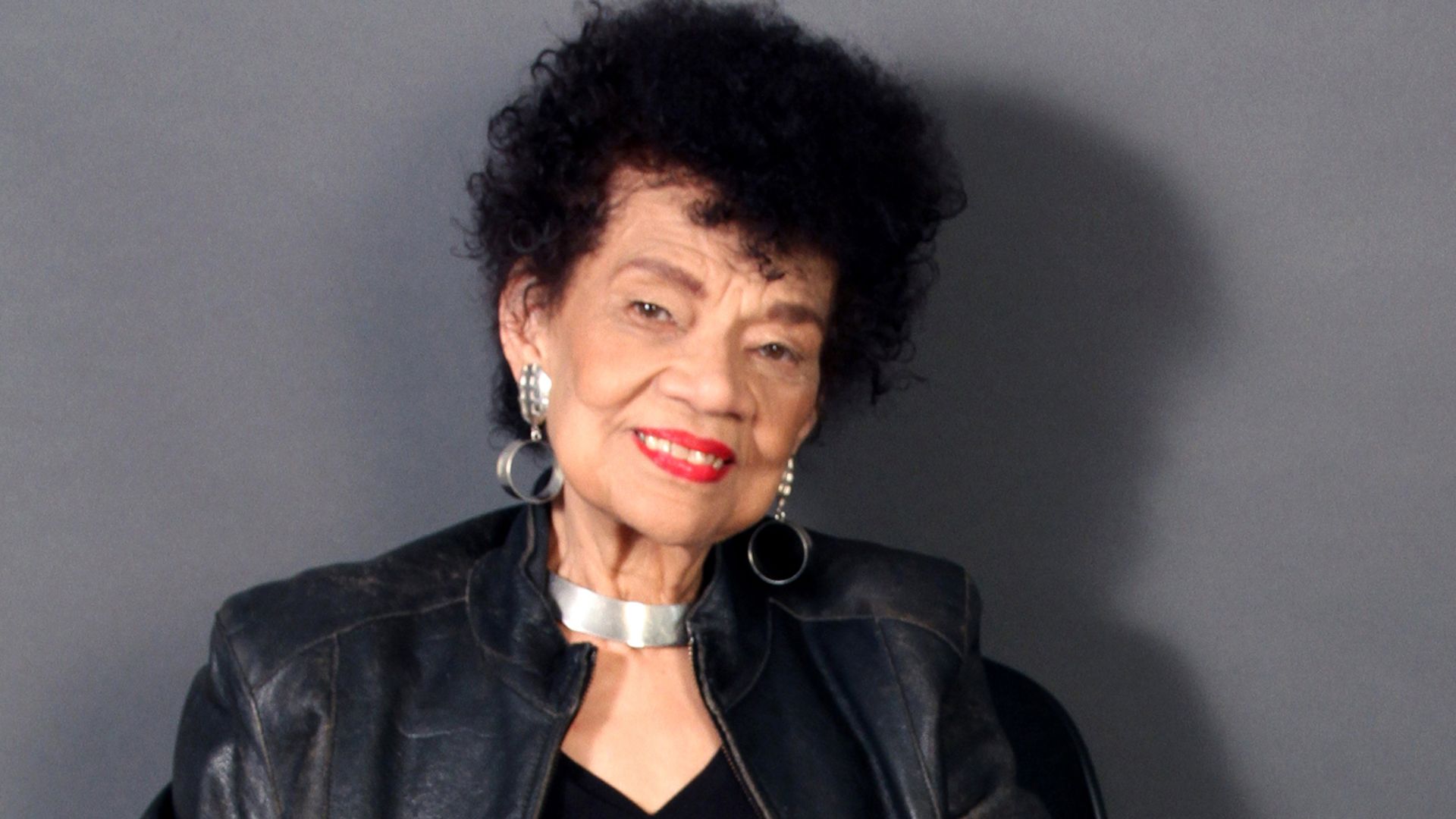 Lorraineogrady, Wikimedia Commons
Lorraineogrady, Wikimedia Commons
Honoring Hip-Hop, Streetwear, And Popular Culture
Embracing Brooklyn's cultural dynamism, the museum staged exhibitions like “The Rise of Sneaker Culture" in 2015 and “KAWS: WHAT PARTY" in 2021. These shows honored streetwear and hip-hop as powerful artistic expressions, which affirmed the museum's place at the forefront of contemporary cultural conversations.
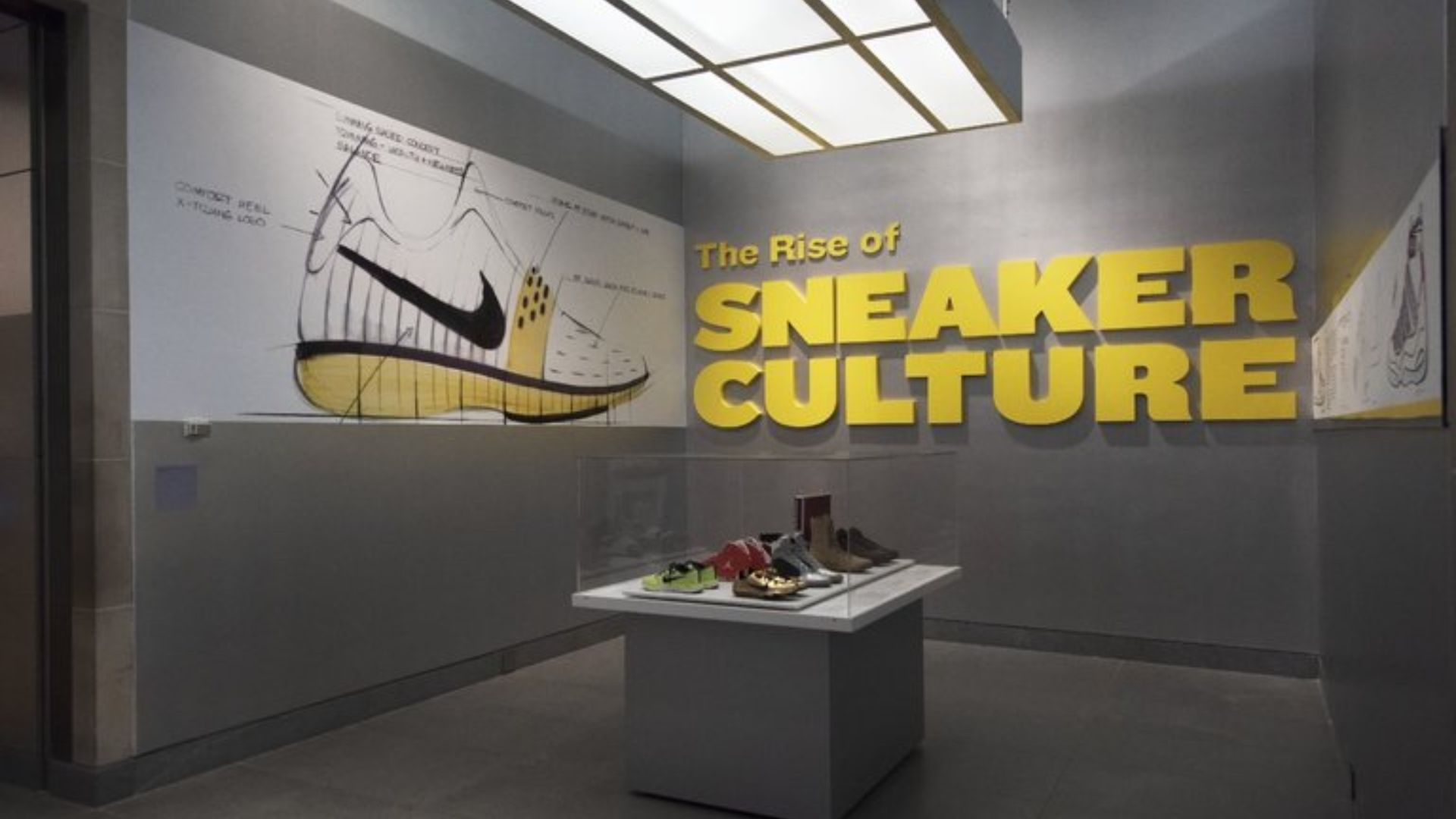 Brooklyn Museum, Wikimedia Commons
Brooklyn Museum, Wikimedia Commons
Honoring Hip-Hop, Streetwear, And Popular Culture (Cont.)
“The Rise of Sneaker Culture” explores the evolution of sneakers from functional athletic gear to global fashion icons by featuring brands like Adidas and Nike. “KAWS: WHAT PARTY” celebrated artist Brian Donnelly's vibrant sculptures and paintings to illustrate how street culture merged with fine art and mass media.
Brooklyn's Creative Renaissance Boosts The Museum's Profile
As Brooklyn blossomed into a global symbol of creativity, the museum's profile rose. Partnerships with local artists, festivals like the Brooklyn Museum First Saturdays, and engagement with rising cultural movements reinforced its relevance by drawing international attention to its evolving exhibitions and dynamic programming.
 BK Museum | First Saturdays | Giants Exhibition | Alicia Keys & Swizz Beats by Stella
BK Museum | First Saturdays | Giants Exhibition | Alicia Keys & Swizz Beats by Stella
Brooklyn's Creative Renaissance Boosts The Museum's Profile (Cont.)
Initiatives like the “Brooklyn Afropunk Festival” partnerships and collaborations with the Bushwick art scene highlighted the museum's deepening local ties. By supporting innovative artists and hosting culturally resonant events, the museum mirrored Brooklyn's energy to strengthen its position as a hub for innovation and contemporary artistic exploration.
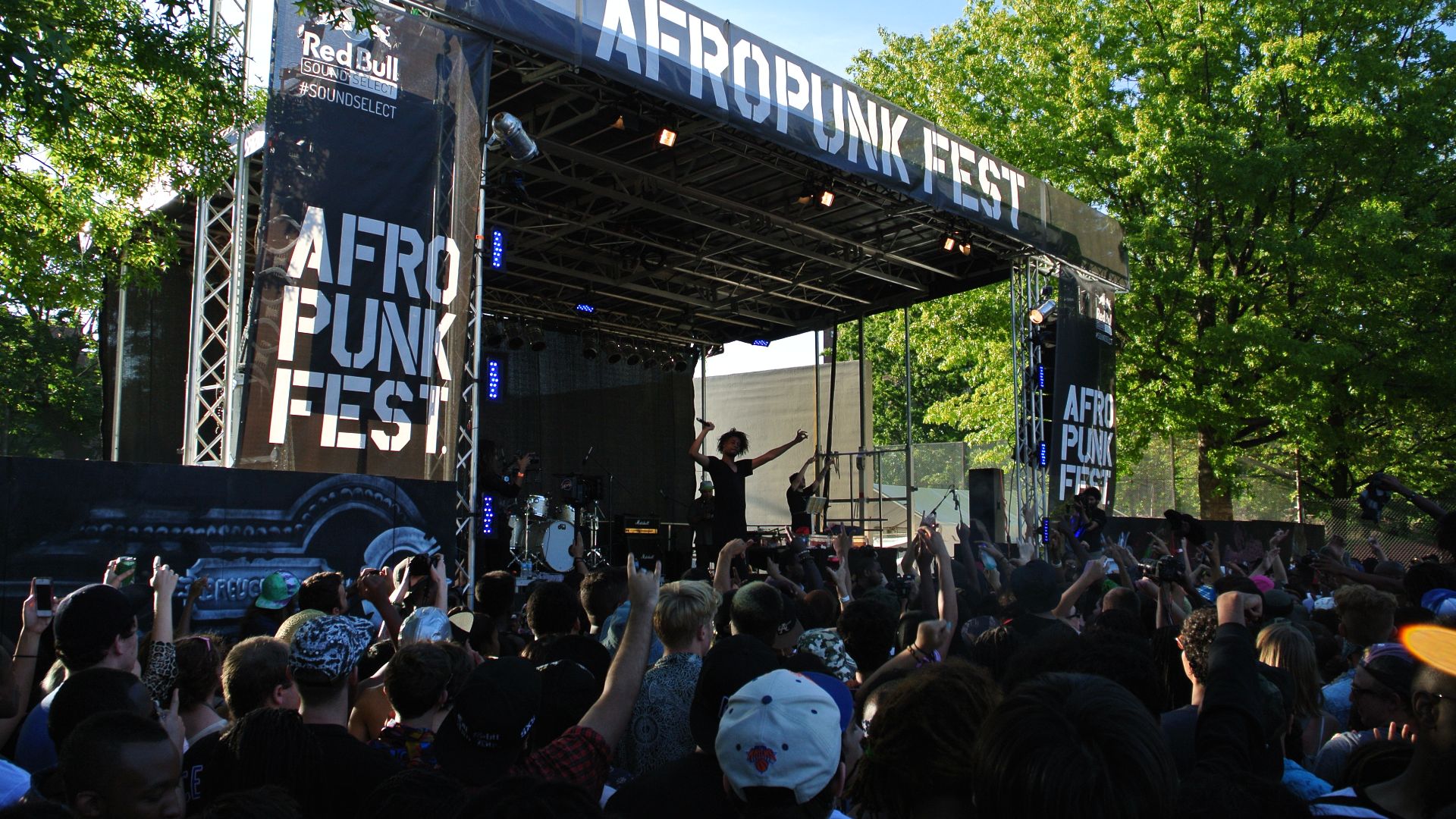 Subsocietal Inc., Wikimedia Commons
Subsocietal Inc., Wikimedia Commons
Reaching New Audiences Through Bold Public Programs
The Brooklyn Museum expanded its reach through initiatives like the “Target First Saturdays” program, which offers free evenings of art and performance. Family-friendly festivals and artist talks created spaces where diverse audiences could engage deeply with art by forging new and lasting community connections.
Anne Pasternak's Trailblazing Appointment In 2015
In 2015, Anne Pasternak became the Brooklyn Museum's first female director. Previously known for leading Creative Time, Pasternak brought a bold, community-centered vision. Her appointment marked a turning point that signaled the museum's commitment to broader inclusivity and an expanded definition of cultural leadership.
 Visions of Public Art: The Power of Public Art | Anne Pasternak by World Economic Forum
Visions of Public Art: The Power of Public Art | Anne Pasternak by World Economic Forum
Repositioning The Museum Around Inclusivity And Justice
Under Pasternak's leadership, the museum prioritized social justice and representation themes. Exhibitions like “Soul of a Nation: Art in the Age of Black Power” and initiatives addressing indigenous histories reshaped the institution. By aligning the museum's mission with its diverse audience, Brooklyn's communities saw their experiences reflected more deeply.
 Trip to the Museum Vlog! Soul of A Nation | Art in Color by Art in Color
Trip to the Museum Vlog! Soul of A Nation | Art in Color by Art in Color
Curating Bold, Diverse Exhibitions For A New Era
The Brooklyn Museum embraced exhibitions that challenged conventions and amplified underrepresented voices. Shows like “Climate in Crisis" and "Nobody Promised You Tomorrow,” featuring LGBTQ+ artists, showcased urgent contemporary issues. This curatorial bravery positioned the museum as a place for dialogue and impactful cultural experiences.
Expanding The Definition Of A Modern Museum
As the museum redefined its role beyond preserving artifacts. It evolved into a platform for civic engagement and activism. Through artist residencies and partnerships with community organizations, the museum strengthened its identity as a living, breathing reflection of Brooklyn's dynamic cultural heartbeat.
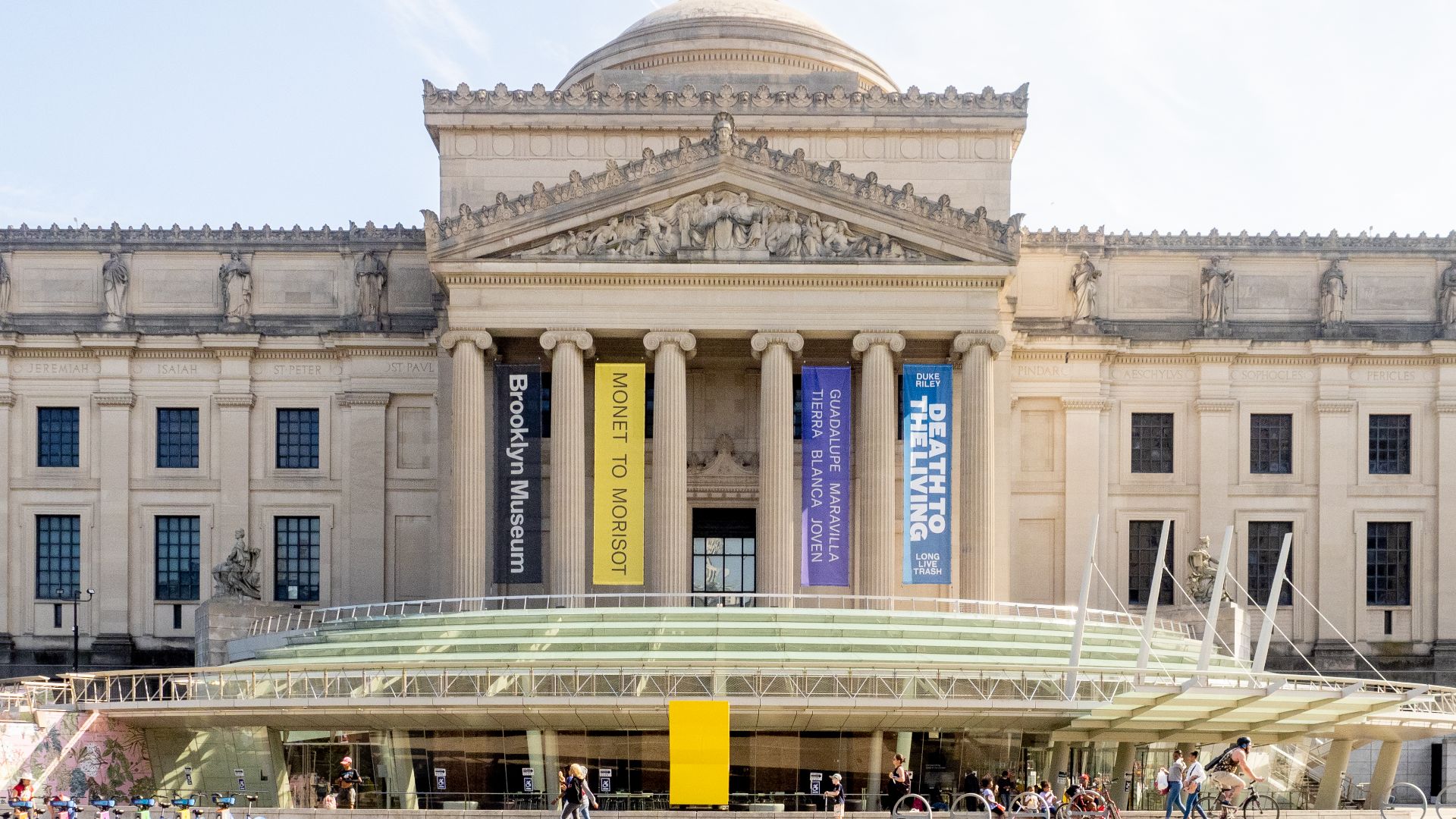 ajay_suresh, Wikimedia Commons
ajay_suresh, Wikimedia Commons
Breaking The Mold: Reflecting On Two Centuries Of Change
In 2024, the Brooklyn Museum marked its bicentennial with "Breaking the Mold," an exhibition highlighting pivotal moments of evolution. The show traced how the institution continuously adapted through historical artifacts and archival materials, from a small library to a significant American art and culture force.
Breaking The Mold: Reflecting On Two Centuries Of Change (Cont.)
The exhibition featured milestones like the founding of the Elizabeth A. Sackler Center for Feminist Art and the "Sensation" controversy. By spotlighting groundbreaking exhibitions and bold community initiatives, "Breaking the Mold" celebrated the museum's enduring legacy of innovation and fearless cultural leadership.

